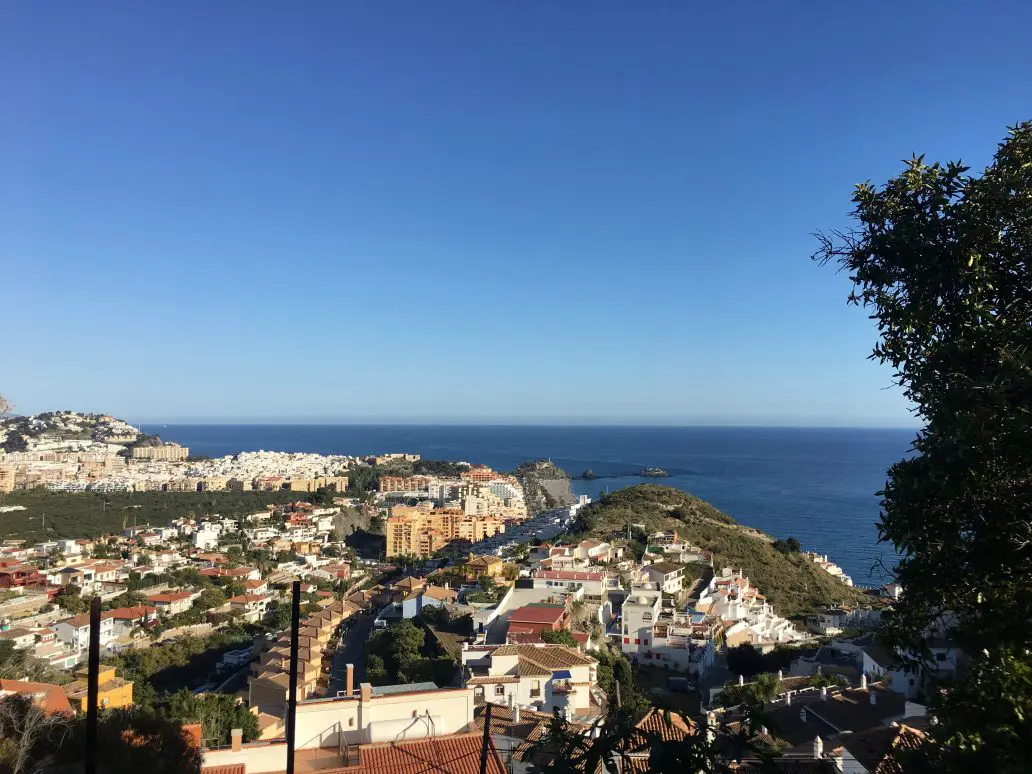
The Costa Tropical is in southern Spain, sandwiched between the popular Costa de Sol and Costa de Almeria. It’s position between the North African coast and the Sierra Nevada mountains gives it a special microclimate, protected from the wind and tropical in feel with an average all year round temperature of 20 degrees. We flew into Malaga and then got the coach west to our base in the small town of Motril and from there, explored much of the area thanks to the local tourism board.
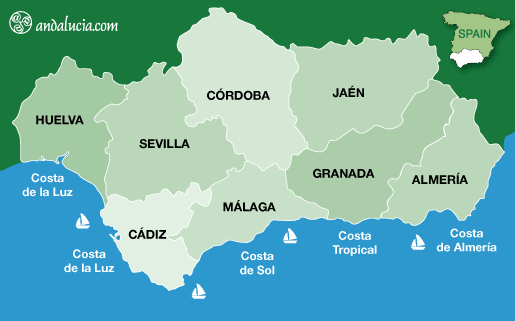
What struck me most about this part of Spain was its natural beauty. On one side you’ve got stunning craggy coastline dotted with quiet bays and vast swaths of forest and to the other, an almost cartoon like vision of the snow tipped topped Sierra Nevada mountains. It’s a quiet place too, with less tourism than its neighbours and much of its income comes from farming. Because of this, visiting the local towns and destinations really feels special – like you’ve headed off the beaten track almost. And, of course, it means there is some fantastic local food and drink just waiting to be tried.
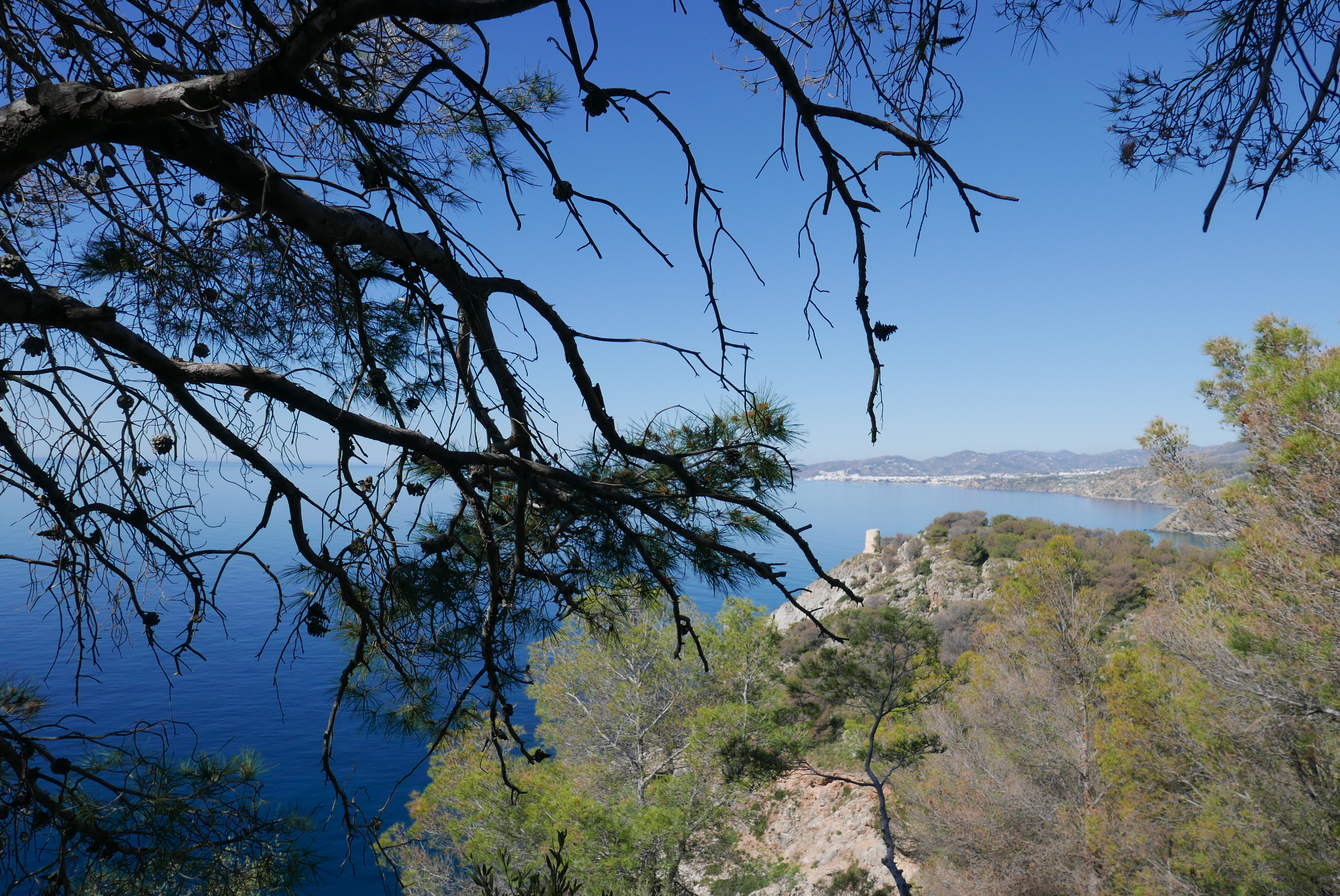
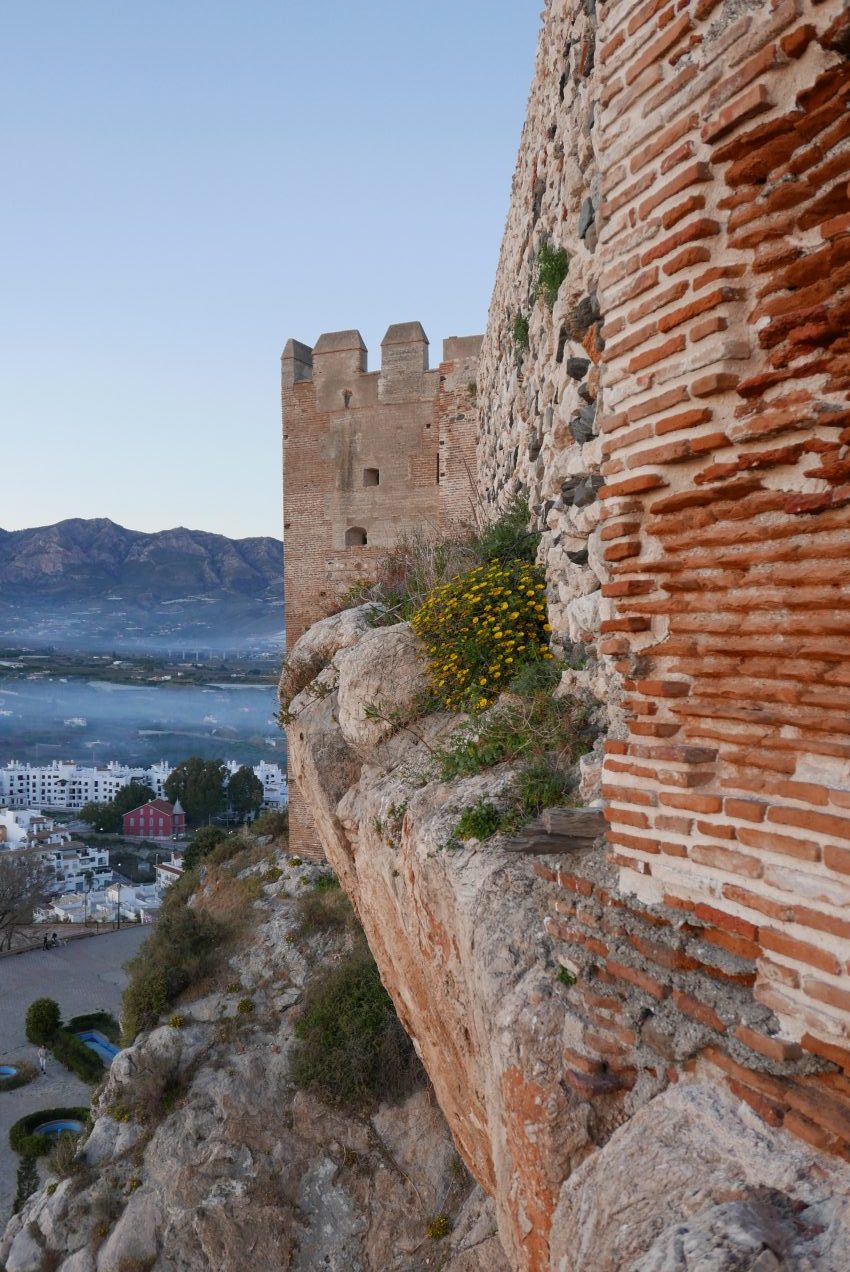
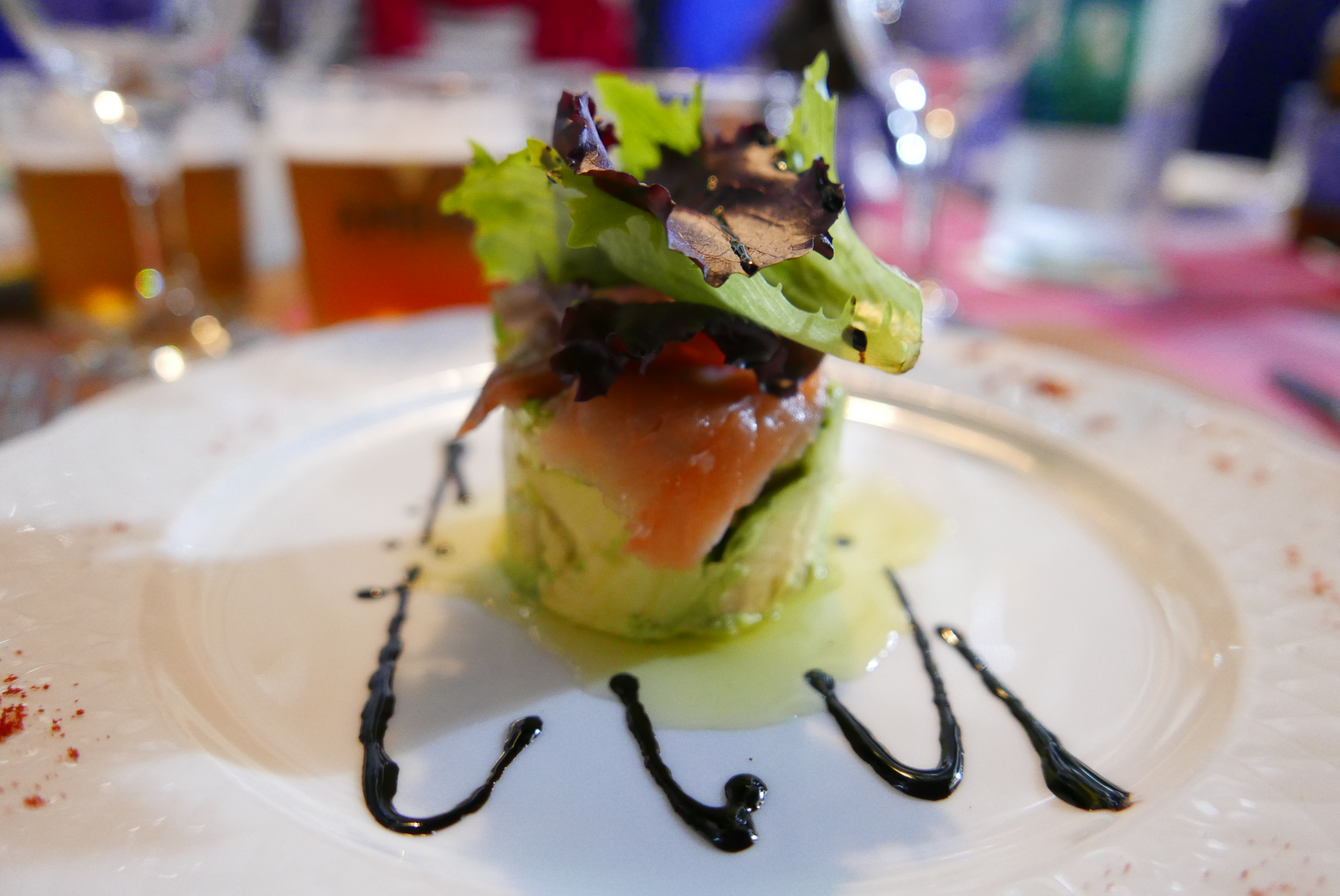
Places to eat
There are plenty of places to eat around the Costa Tropical and because this area isn’t heavily saturated with tourists from outside of the country, there is an abundance of good quality, local food on offer. Here are a few of the places I ate at and enjoyed.
Bodega Cuatro Vientos
Unfortunately, I wasn’t able to take full advantage of the food and museum at Bodega Cuatro Vientos due to feeling a little unwell but next time I’m in this part of Spain I am returning and eating and drinking everything!
This mountain top Bodega and vineyard has views of the snow-capped Sierra Nevada on one side and the Alboran sea on the other. In the tiny town of Murtas, it’s also on the very edge of Costa Tropical, edging the Almeria border.
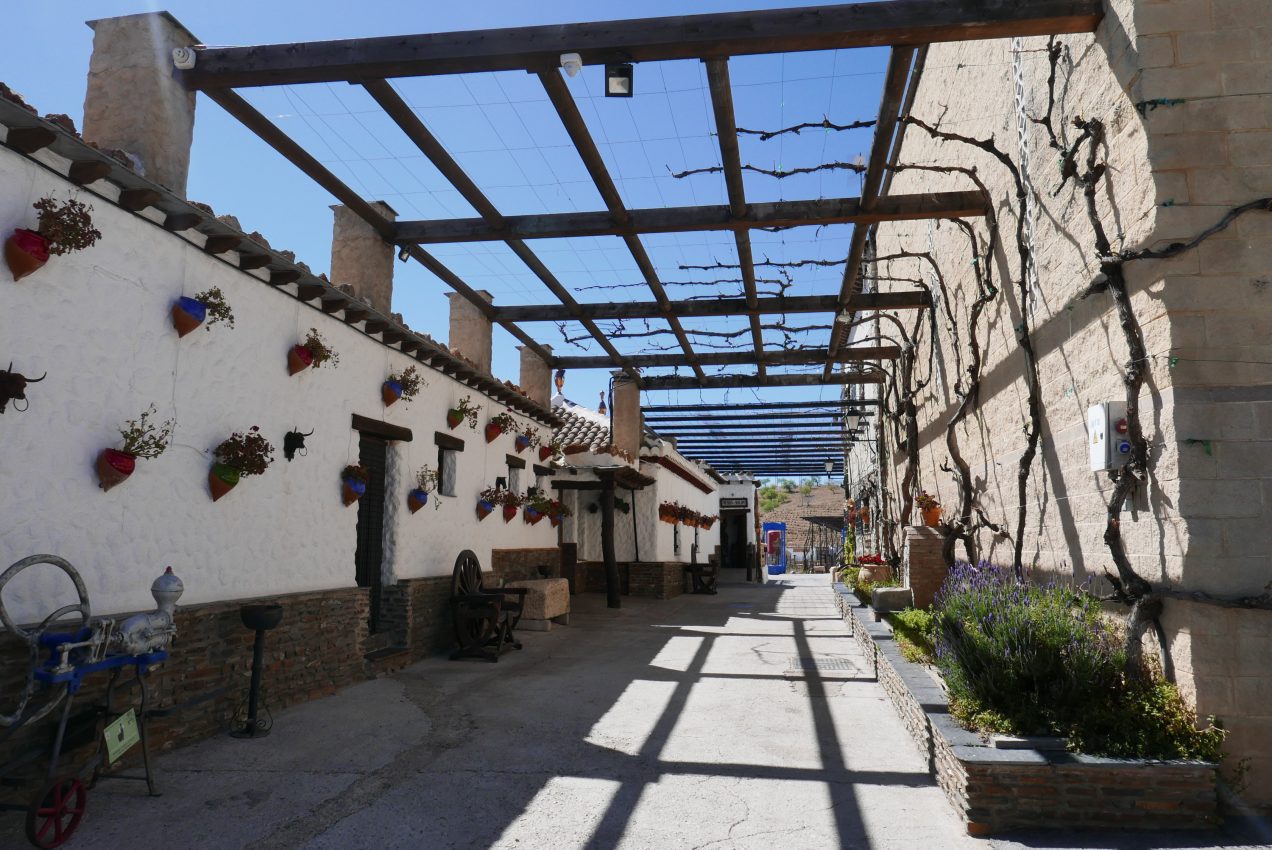
The dining room was very traditional with vaulted beams in the ceiling and farming implements on the walls. We were served so much food that I don’t know where to start. If anything it was too much but in comparison to the other restaurants I recommend, this was a more classic Spanish eating experience.
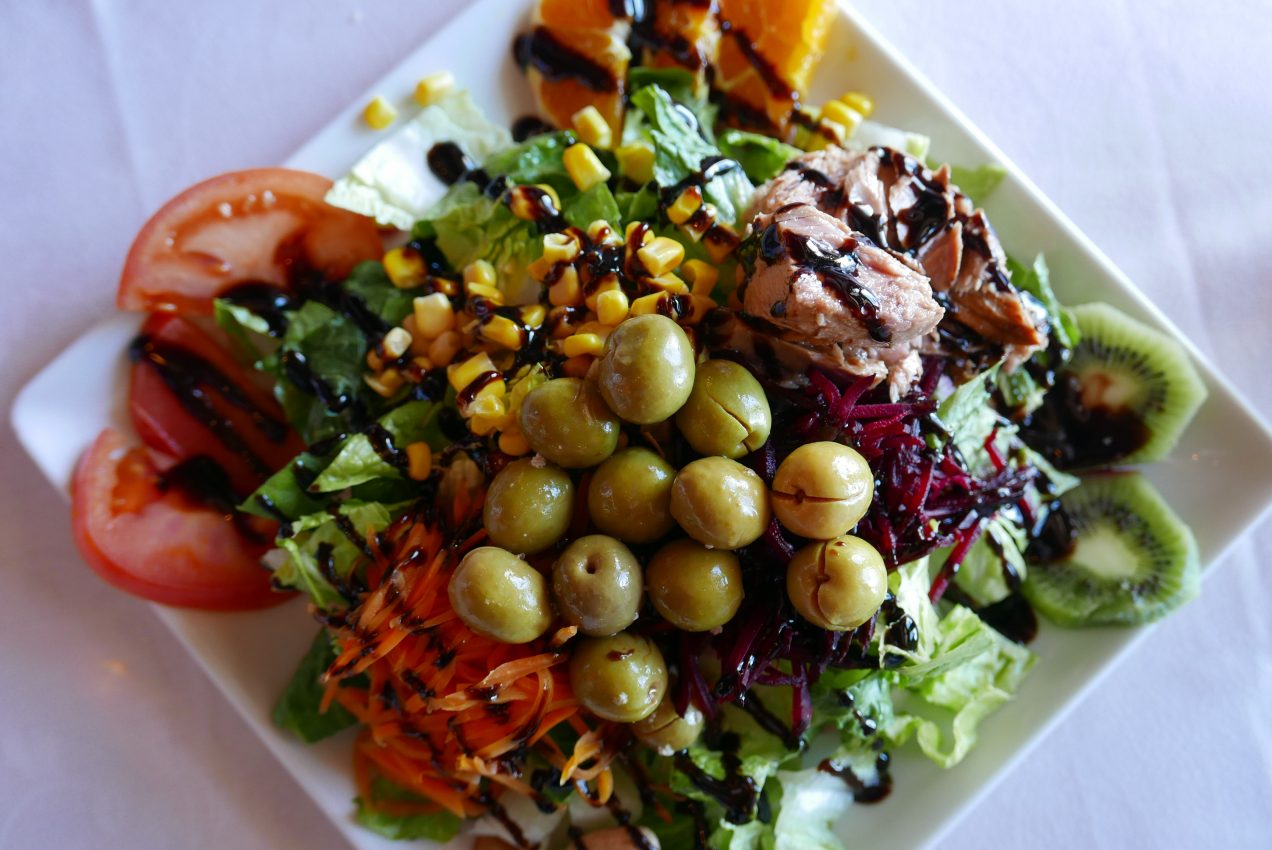
Large salad platters with tuna, olives, tomatoes and fruit made for a refreshing start to the meal, followed by cured meats and cheeses, green beans with scrambled eggs, black pudding and sausages and then, pork or beef steaks for mains. All served with delicious wine from the very place we were visiting.
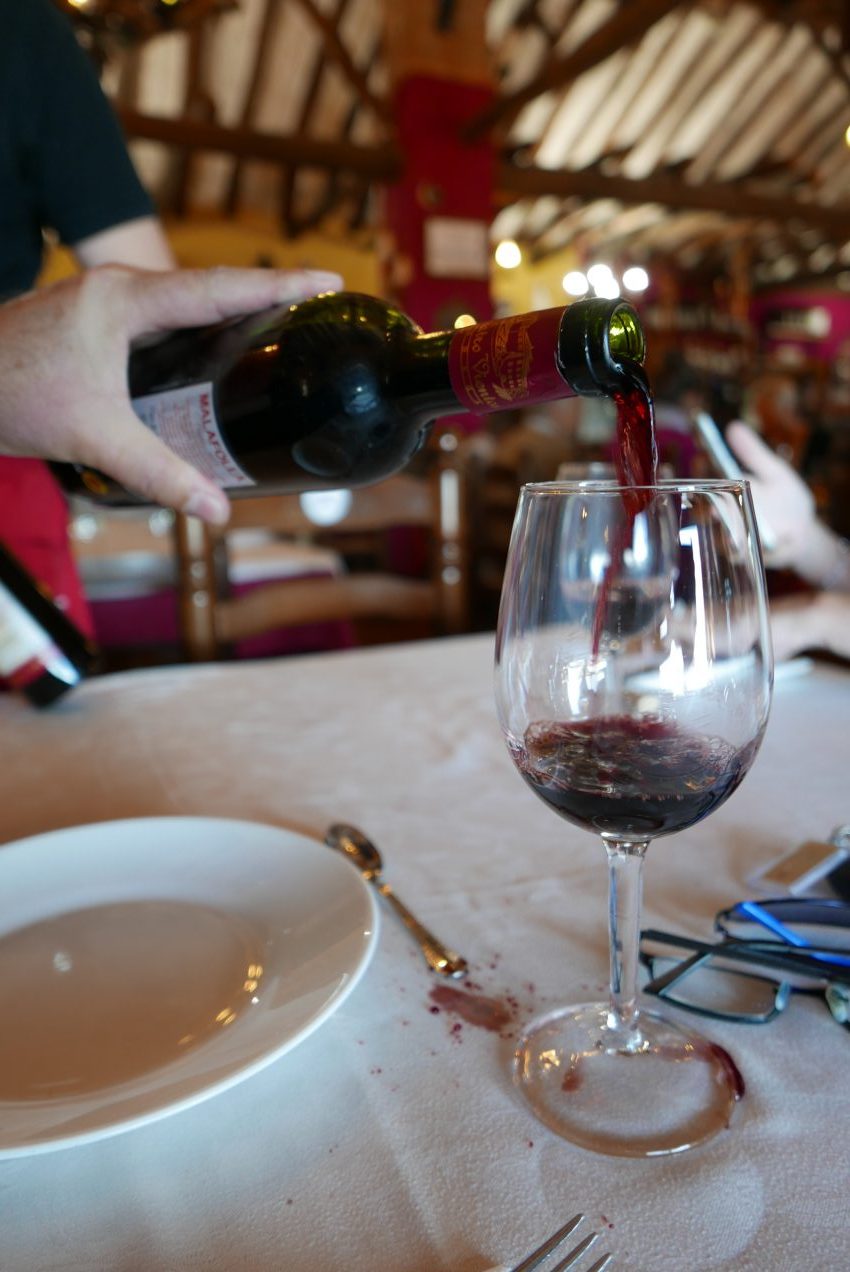
Sunahra Beach Club
Right on the beach, this bar and restaurant reminded me a lot of the beach bars in Sanur, Bali. I loved the feeling of luxe paired with a casual vibe. We were served a set menu devised by the talented head chef Ivan Mateo (who is local to the area) to showcase simple local flavours. Everything on the menu is organic and many of the herbs and vegetables are grown in the owners own garden.
Of the food we ate that day, there were several highlights. The mushroom croquetta with liquid centre and sesame mayonnaise were absolutely delicious and the perfect appetizer to start the meal. We then had local dorada fish with celeriac purée and mussels plus an earthy mussel reduction followed by slow cooked pork cheek. Both of these dishes were beautifully presented although to my mind a little under-seasoned.
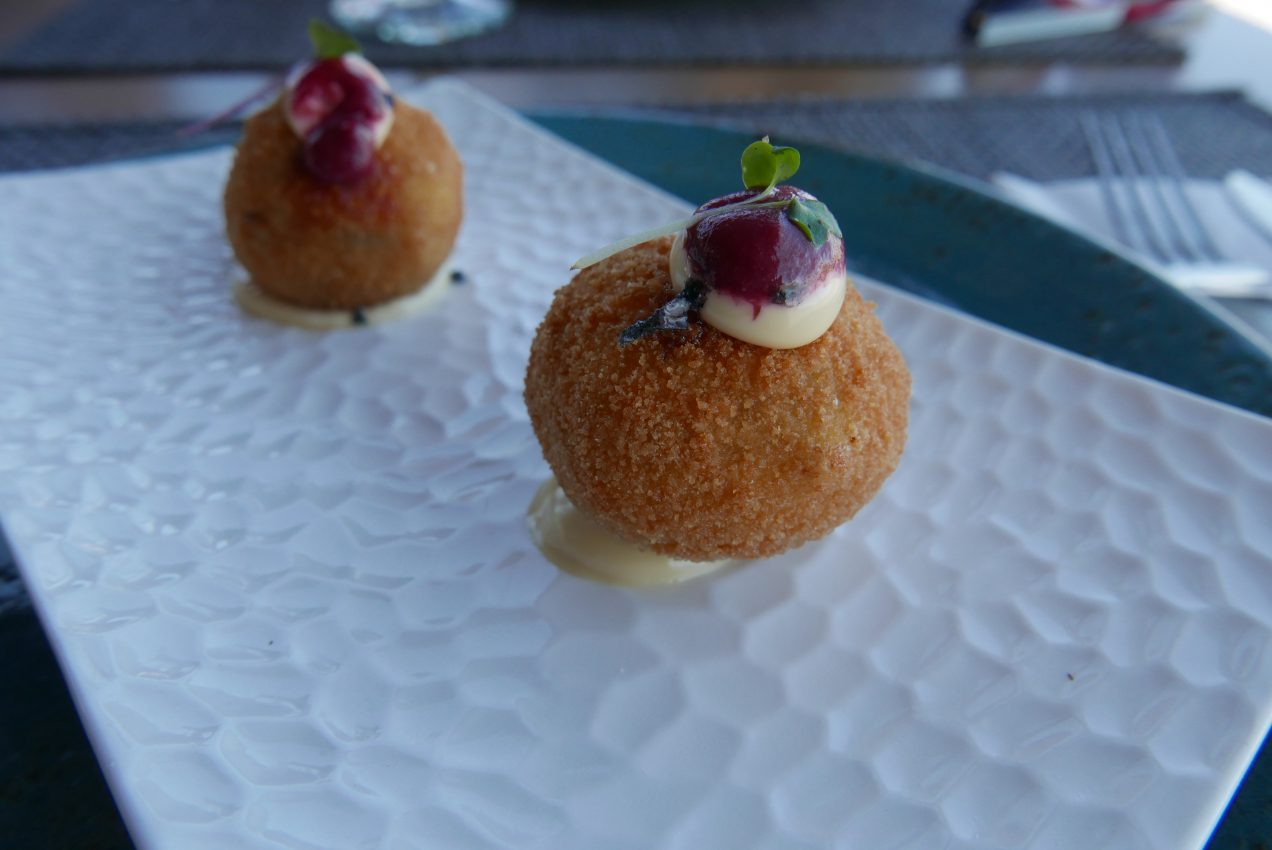
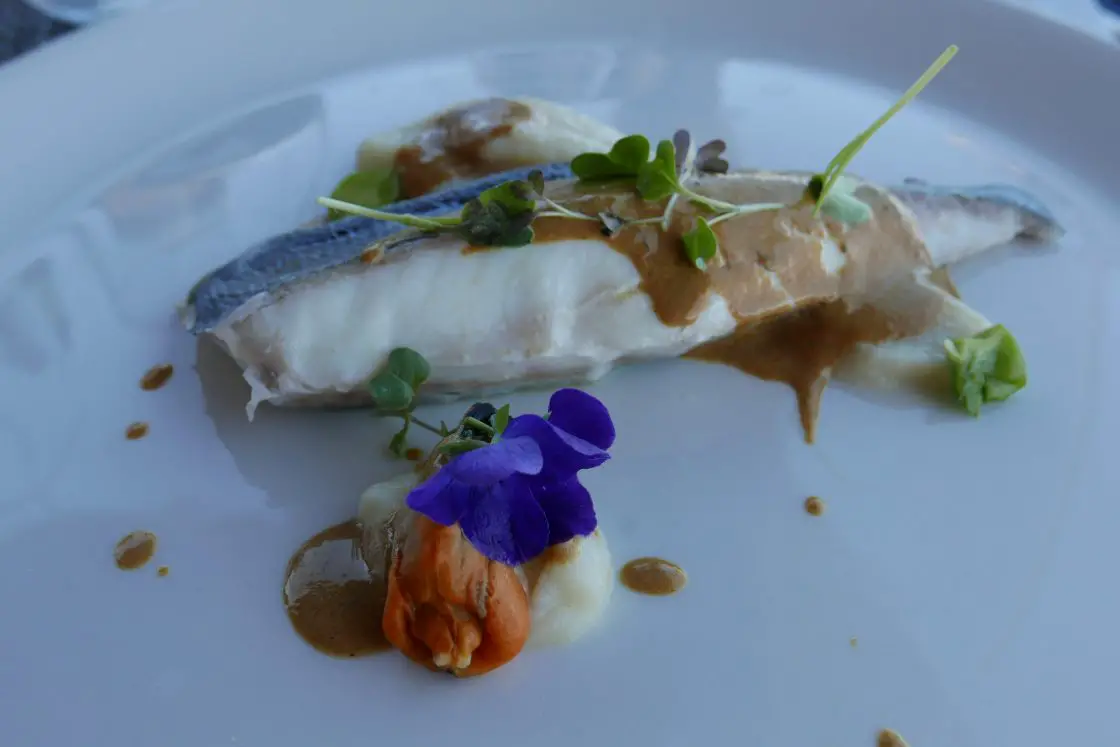
The puddings, like the croquetta, were stunning. A custard apple (local fruit) panacotta with loquat puree and mango granita had the table near enough in rounds of applause and the nutella hazelnut brownie with coconut sorbet and chocolate orange sauce was hands down the best brownie I’ve ever ever eaten.
The clever thing here though, was how this place is effortlessly pairing high quality local food with a casual beach bar feel. I loved it and could have hung out drinking cocktails all day long had I been given the chance.
Hotel Miba
Recently reopened under new management, Hotel Miba was the location chosen for our final meal as a group on the press trip. Don’t be put off by its location next to a main road, as you walk through to the restaurant on the back of the building, the panoramic views of the Mediterranean and Salobreña more than make up for it.
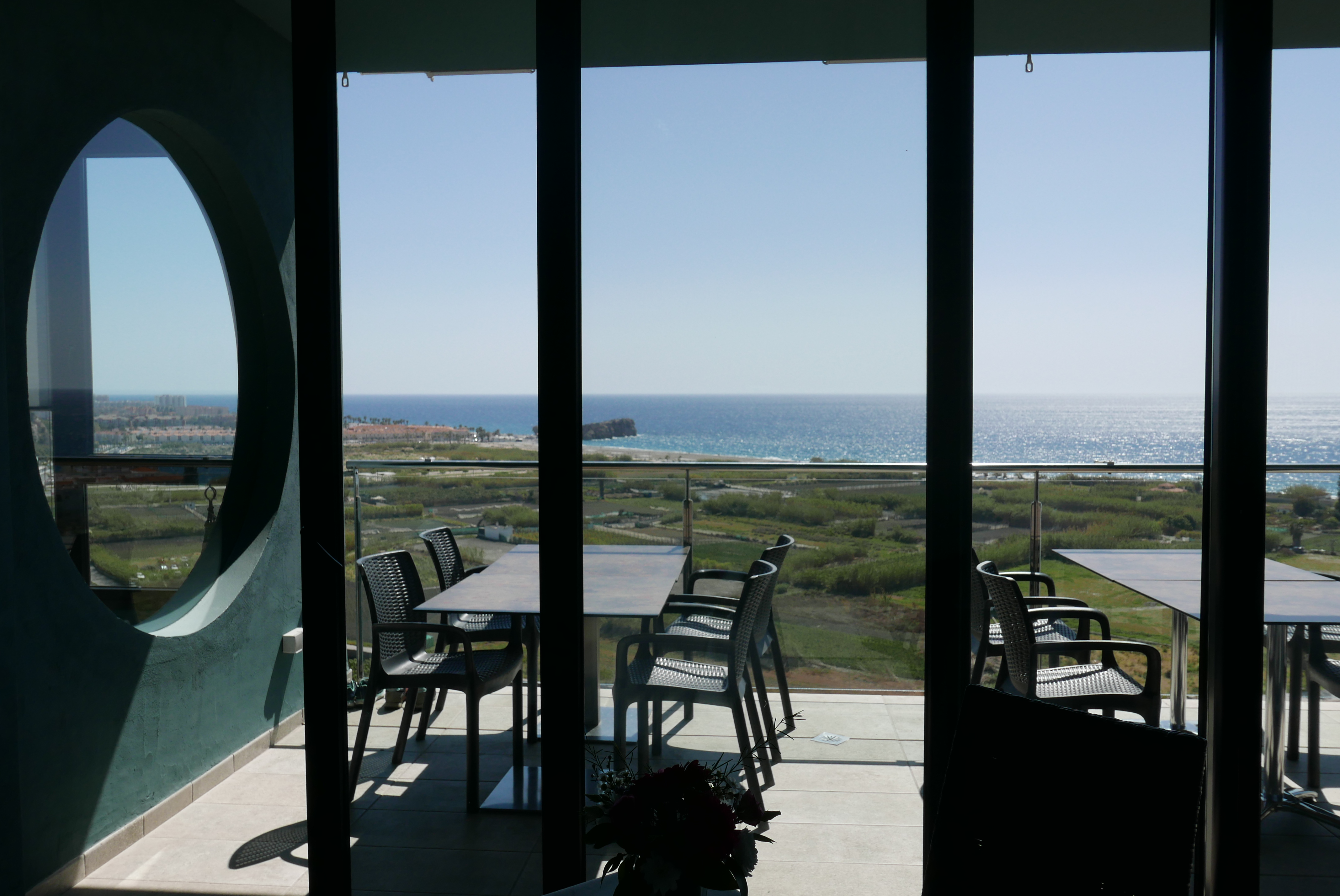
We ate a stunning lunch there which included succulent pressed Iberico pork, Unami rich teriyaki chicken and platters of tomato and mozzarella salad and cured meats and the sharpest, saltiest manchego. I couldn’t fault the quality of anything, right down to the olive oil which was locally produced and good enough to drink! My favourite was probably the pork which was pressed and slow cooked before pan being served with a rich pan jus. It was so delicious and a perfect end to the trip.
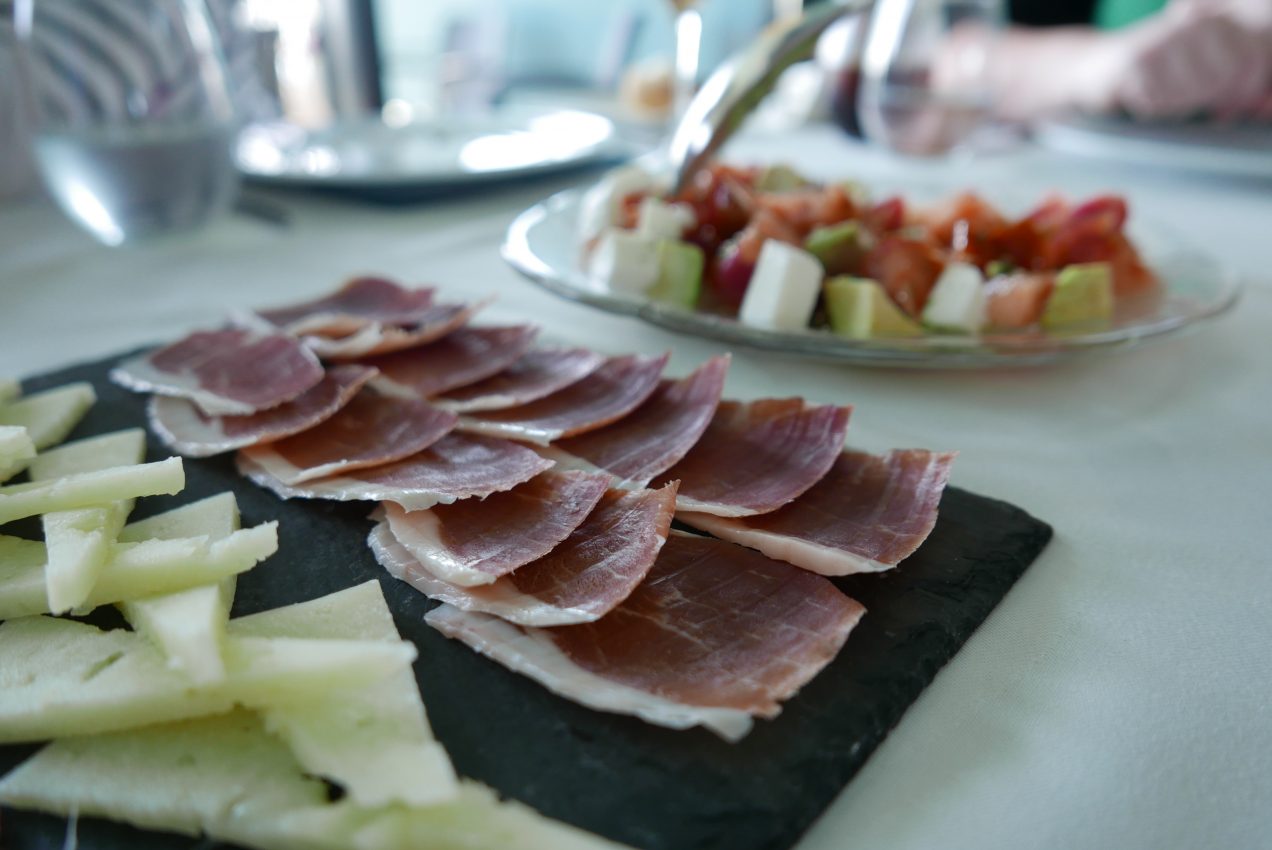
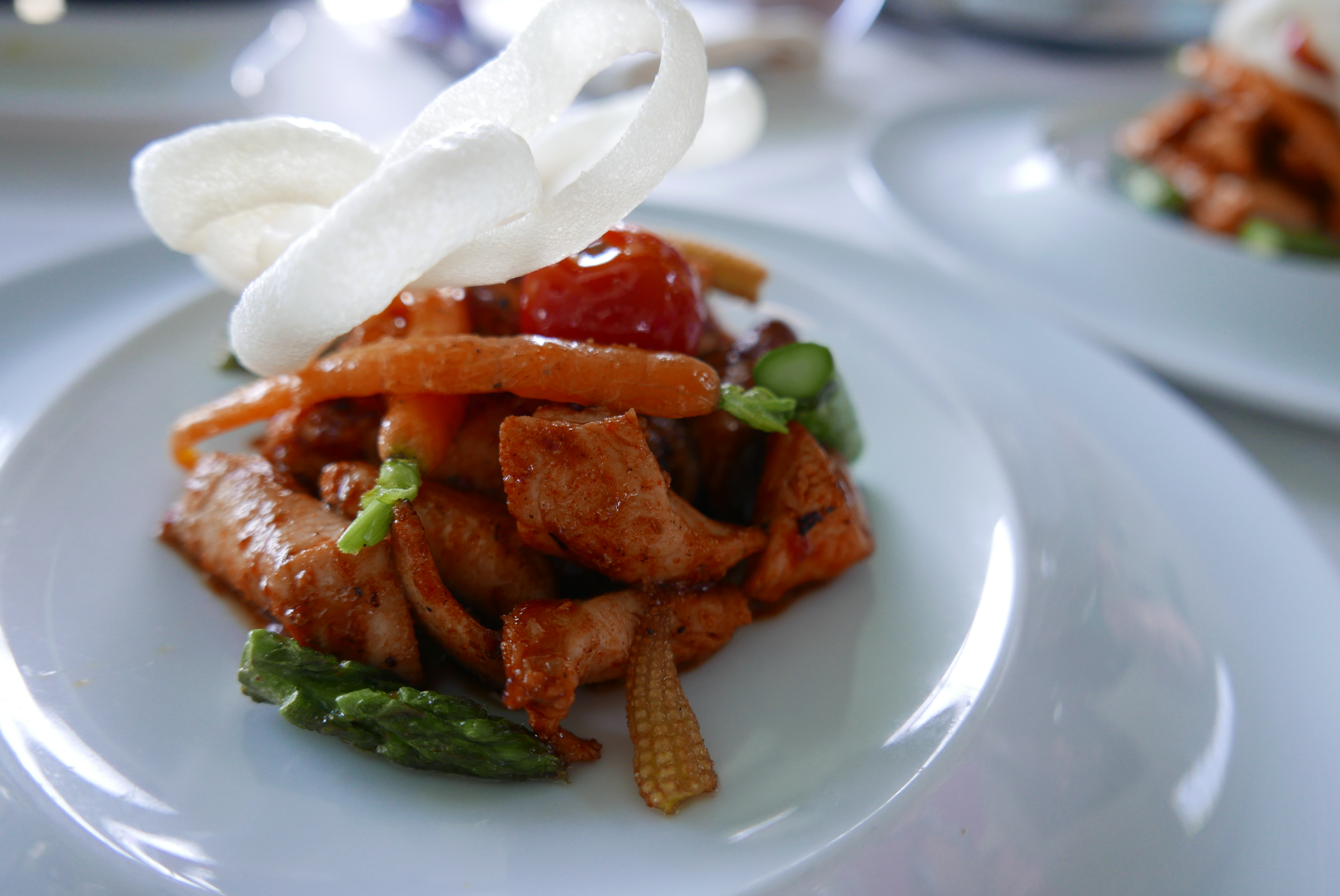
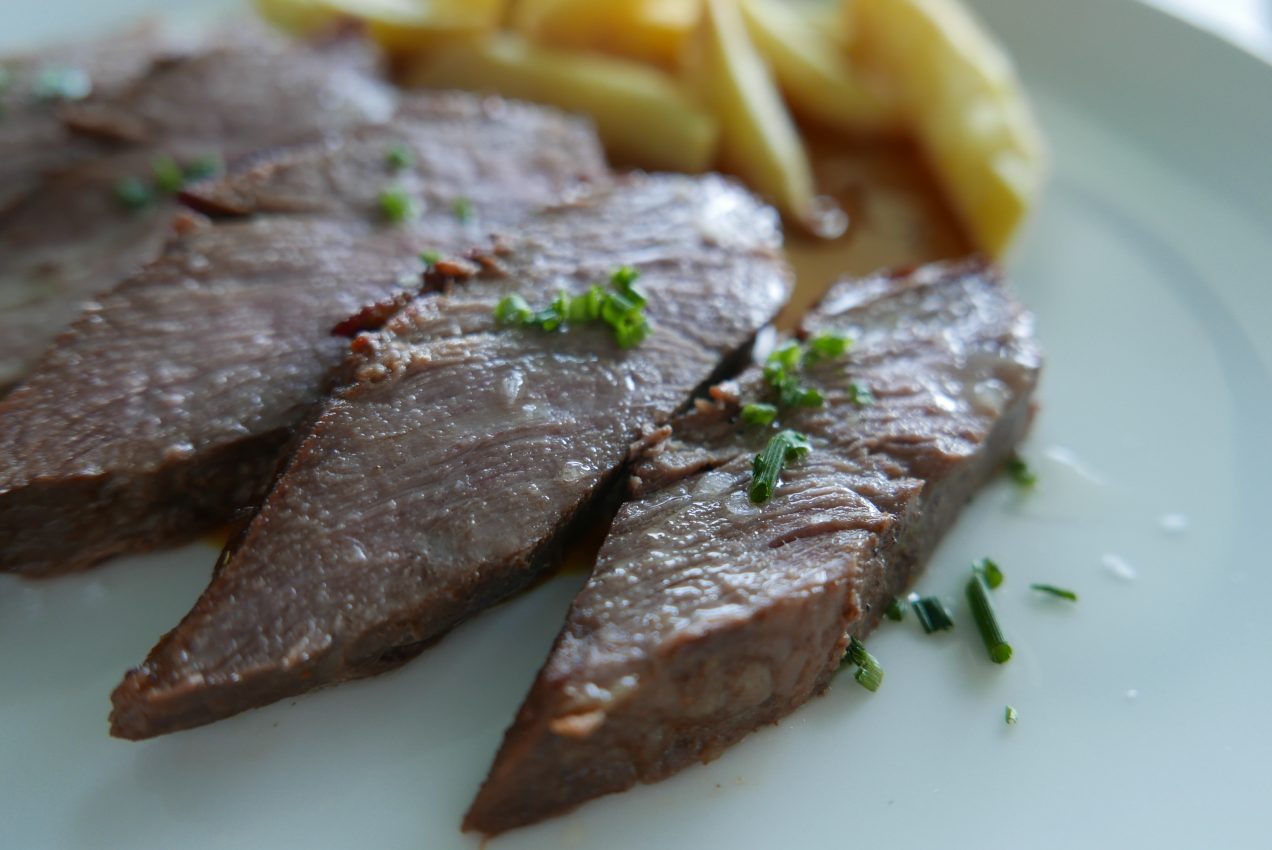
Things to eat
As always, one of my main goals during the trip was to try some local food. Here are my favourites, and all thing you must try if you visit this area of Spain!
Bacalao – lightly battered cod with lemon and a punchy aioli. This example from El Verdejo restaurant in Salobreña was absolutely delicious and not at all greasy. It was served as a pre meal snack on the table with a few other dishes.
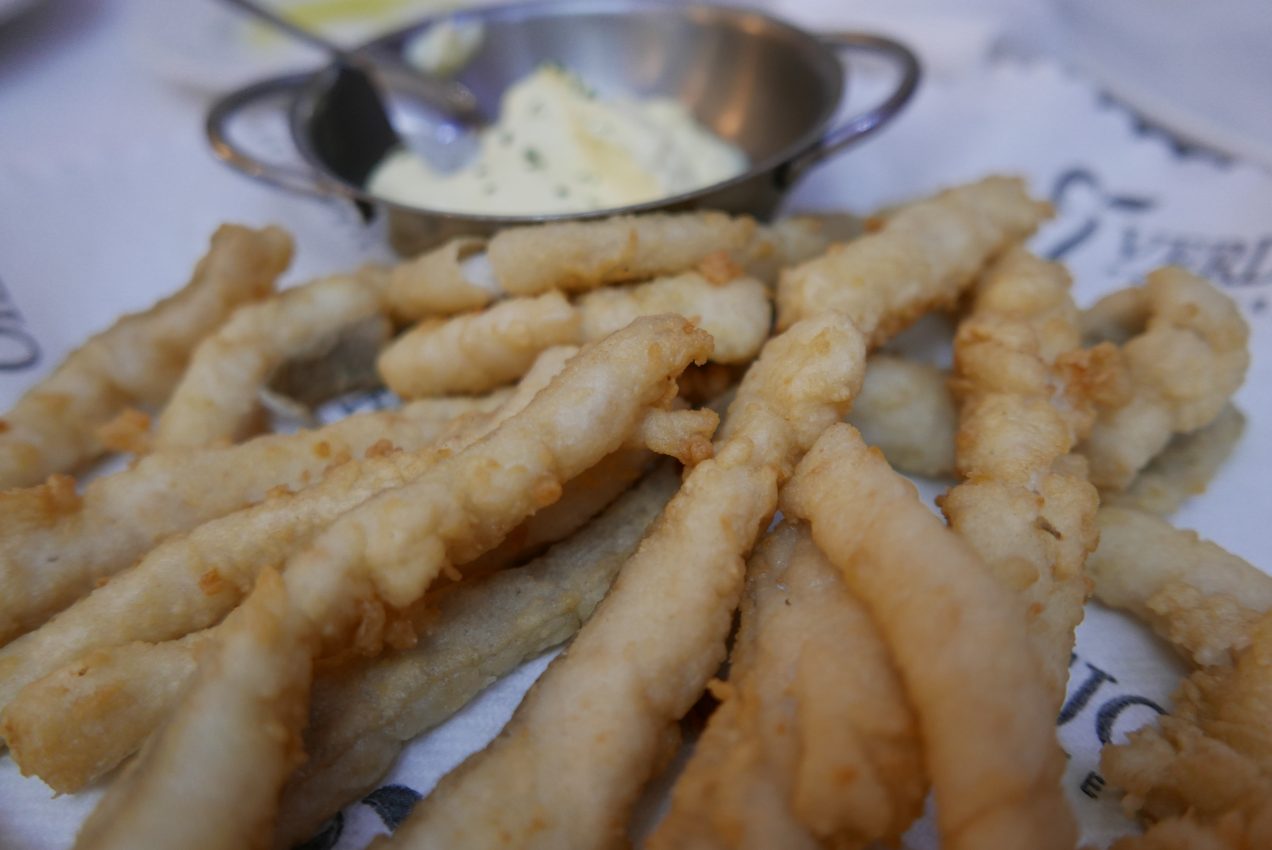
Cazón – a drinking snack of fried dogfish with lemon and garlic. Like the bacalao, I loved the crispy batter paired with the garlic aioli and the lemon cut through like vinegar on fish and chips. I ate a lot of these!!
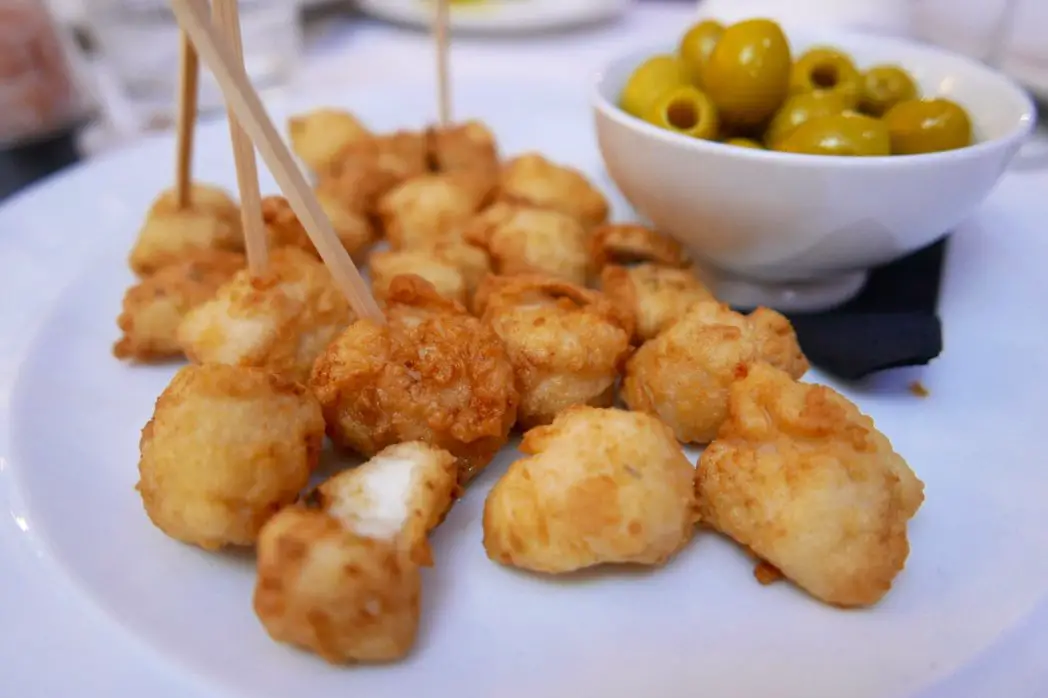
Saladillas – Saladilla means ‘salted’ and these small crackers are indeed salty. We picked them up along with a couple of other traditional local pastries at a little bakery called El Ricon de Pan in the village of Veléz and I loved them. They’re the kind of thing you’d keep eating even thought you’re not hungry. Like peanuts or crackers.
Pestiños melados – from the same place as the Saladillas, these sweet flaky pastry treats are a traditional muslim recipe and had flavours of cinnamon to them. They were really quite moreish.
Leche rizada – An example of why I always take notes, I cannot find anything about this online but it was served after pudding at El Verdejo restaurant in Salobreña and came in a tall glass (like a champagne flute) with a straw and a spoon. It had the thickness and consistency of a Macdonald’s milkshake with a creamy, cinnamon flavour. I was told it’s made with ‘wrinkled’ milk. Whatever that is, it was delicious!
Hidden Gem #1 – Tropical fruit
When you think of Spain you probably don’t automatically think of tropical fruit. I certainly don’t. But in the Costa Tropical, thanks to that fantastic micro-climate, there are farmers growing all sorts of wonderful tropical fruits, things you’d expect to find in South America and beyond. Historically, the farmers in this area grew sugar cane (again, an unexpected Spanish crop) and cherimoya (custard apple) but as tastes have changed, they’ve steered towards fruit – growing things like avocado, papaya, mango, guava and dragon fruit.
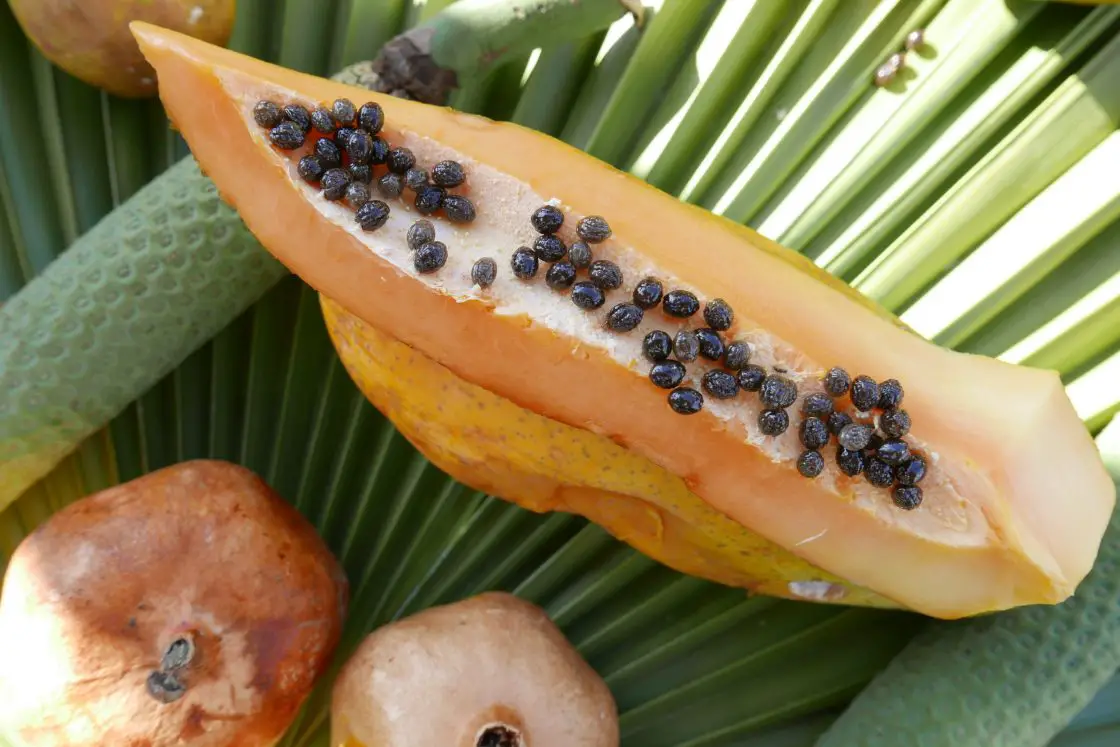
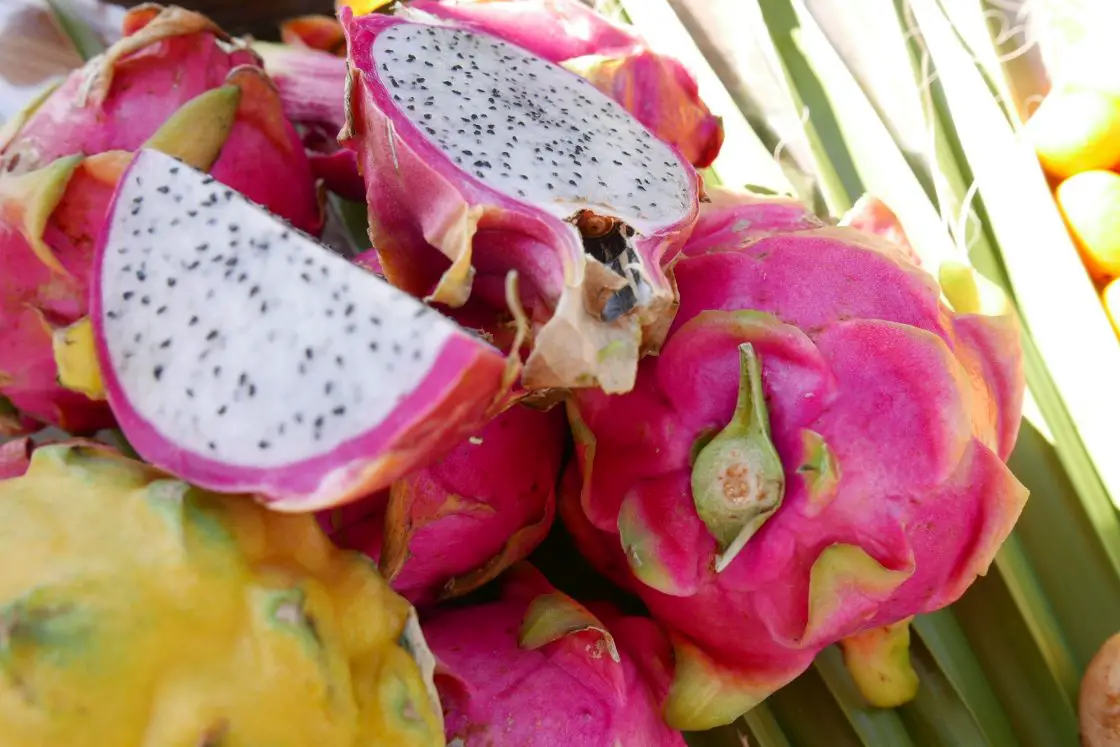
We visited Finca San Ramon which is just outside the small town of La Herradura and enjoyed a tour of their farm followed by a tasting which included the sweetest, softest avocado I’ve ever eaten. You can visit by appointment so do get in touch if you find yourself in the area.
Whilst we were there I tried a fruit I’ve never had before – the mandarin loquat. We plucked the fruit straight from the tree and popped them straight into our mouths. Around the size of a large grape these citrus fruit are sour on the outside but deliciously sweet on the inside. The contrast of sweet and sour and the texture of the waxy exterior and juicy interior was heavenly.
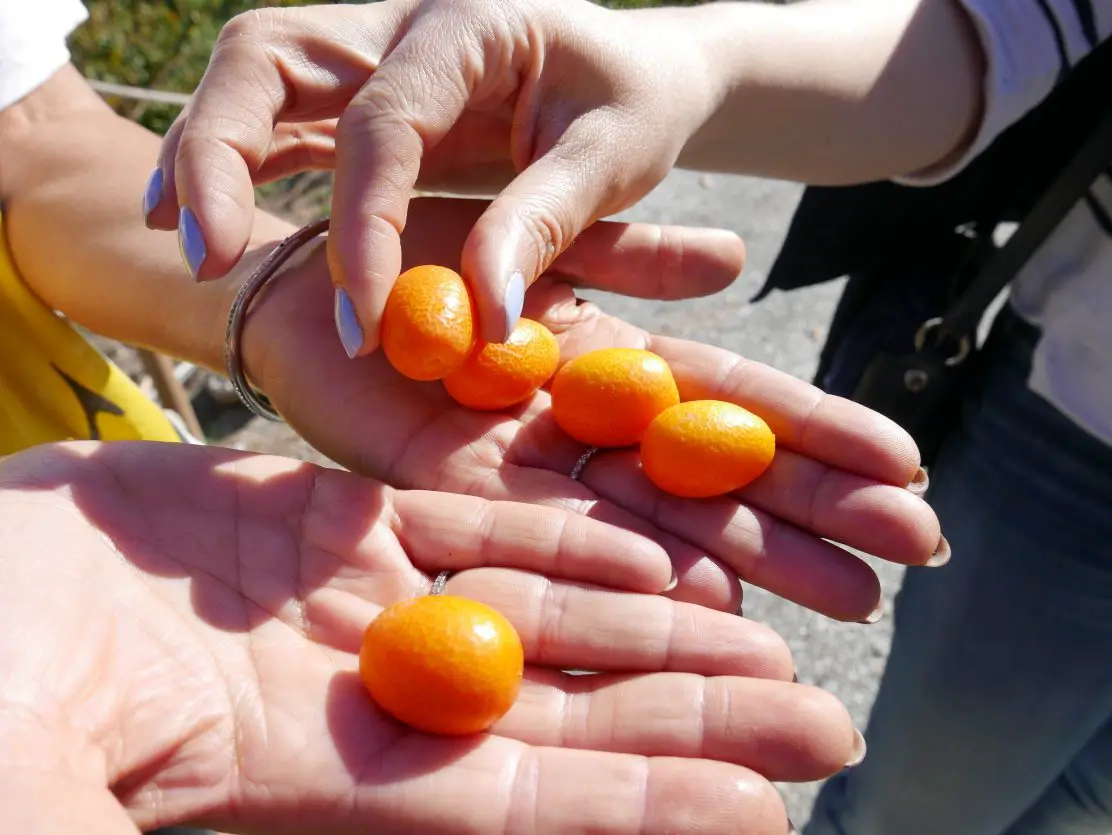
Hidden Gem #2 – Ancient food production
The pretty Andalusian hill towns which dot the Costa Tropical coast line are full of history. The past is visible everywhere you turn with castles, forts and medieval ruins and walls visible among the streets. As someone who studied history at university, I really enjoyed our visit for this reason.
During a visit to Almuñecar we saw the remains of a fish salting factory which dates back to the Phoenician period. It was also used and extended by the Romans to provide the local area with Garum, a fermented fish sauce condiment. The factory was a big source of employment in the local area and considered one of the best in the area. It was built on the edge of the city to prevent local residents having to smell the fermenting fish. Can you imagine!!
It was discovered in the 1970’s during the construction of the El Majuelo park. The park is a lovely space with sculptures, plants and of course, the Garum factory ruins. I particularly liked the backdrop of the San Miguel castle which seemed to shine golden in the late afternoon sun.
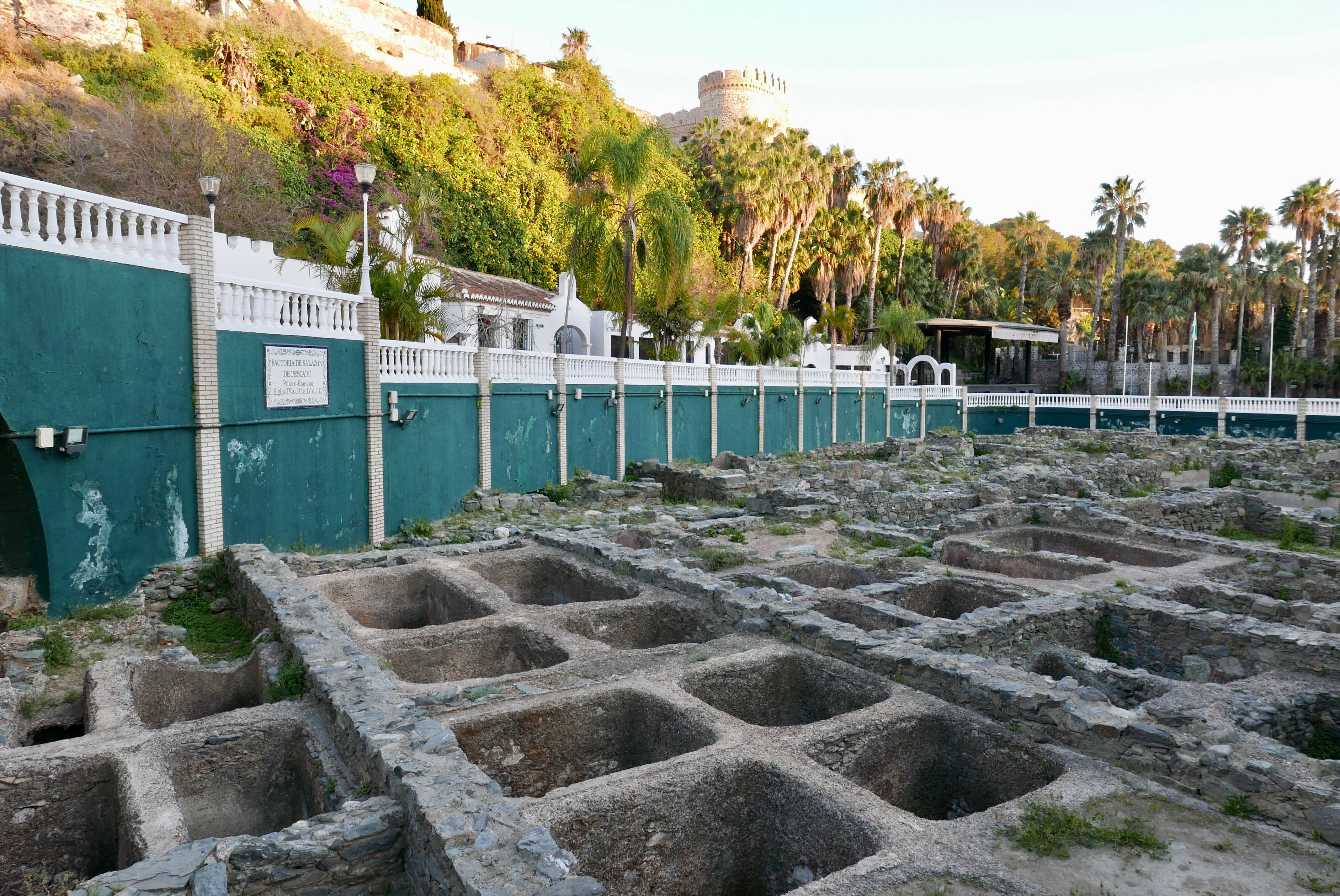
I also loved our visit to the Jardin Nazari in the small town of Vélez de Benaudalla. The town itself has lots of Moorish history and the garden is a wonderful example of this. Dating back to the Nasrid period (13th-15th century), it belonged to a wealthy family. I loved that it is almost invisible from the entrance via a pretty courtyard.
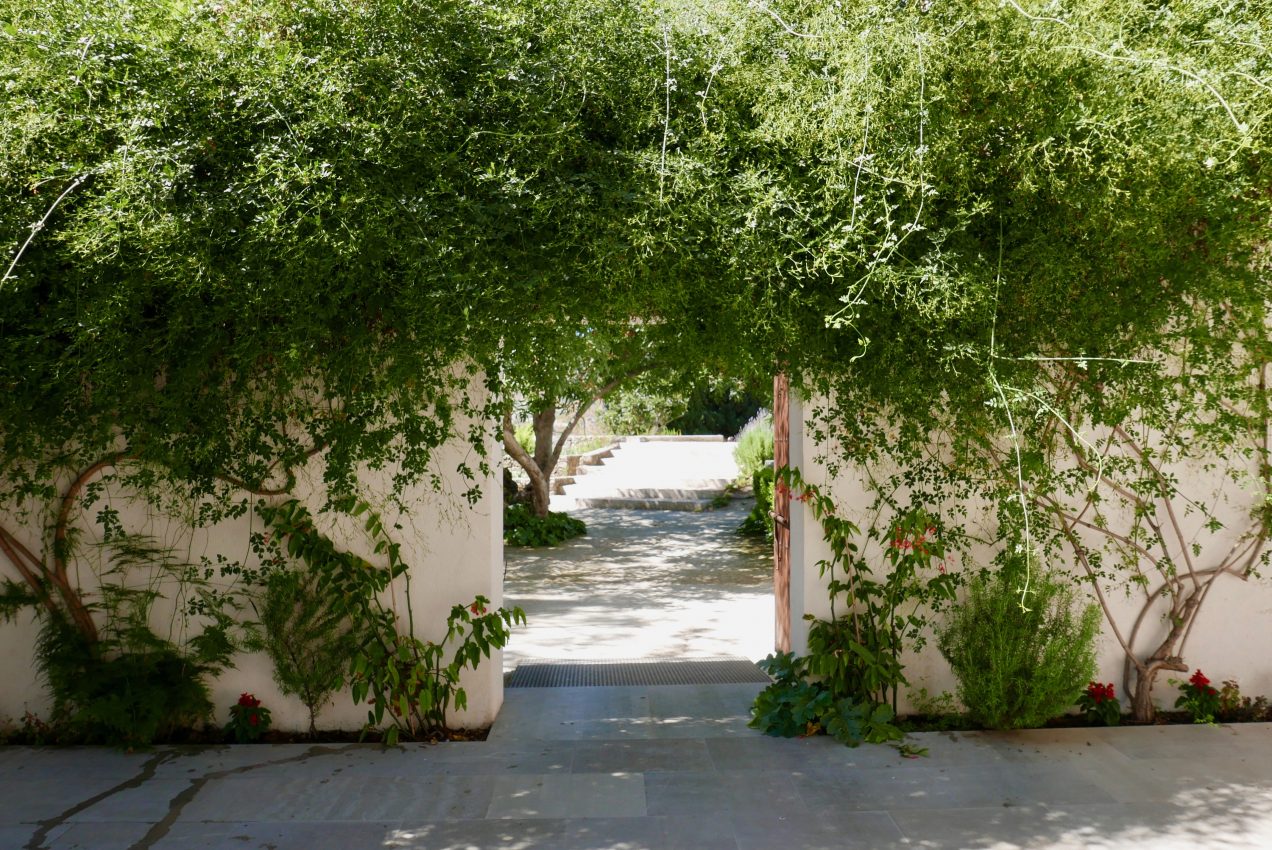
This is considered the second most important historic garden in Spain after the one at the famous Alhambra Palace in nearby Granada. As a secret paradise on earth, it was designed to benefit its owners through the spiritual healing and relaxing properties of the water and plants. It’s known as the ‘garden for the senses’ because every plant has a reason covering the spiritual, the aesthetic, the psychological, the botanical and scientific and the nutritional. For example, palm trees to remind the owners of where they came from, oleander for medicinal tea, nutritious fruit including peach trees, olives, figs and apricots plus vegetables and spices.
Today, the garden still produces a lot of food, all of which is seasonally planted and on harvesting, goes to a local food bank and to the schools nearby. This, I loved. The garden is open most days and the entrance fee is just €3.00. I definitely recommend a visit.
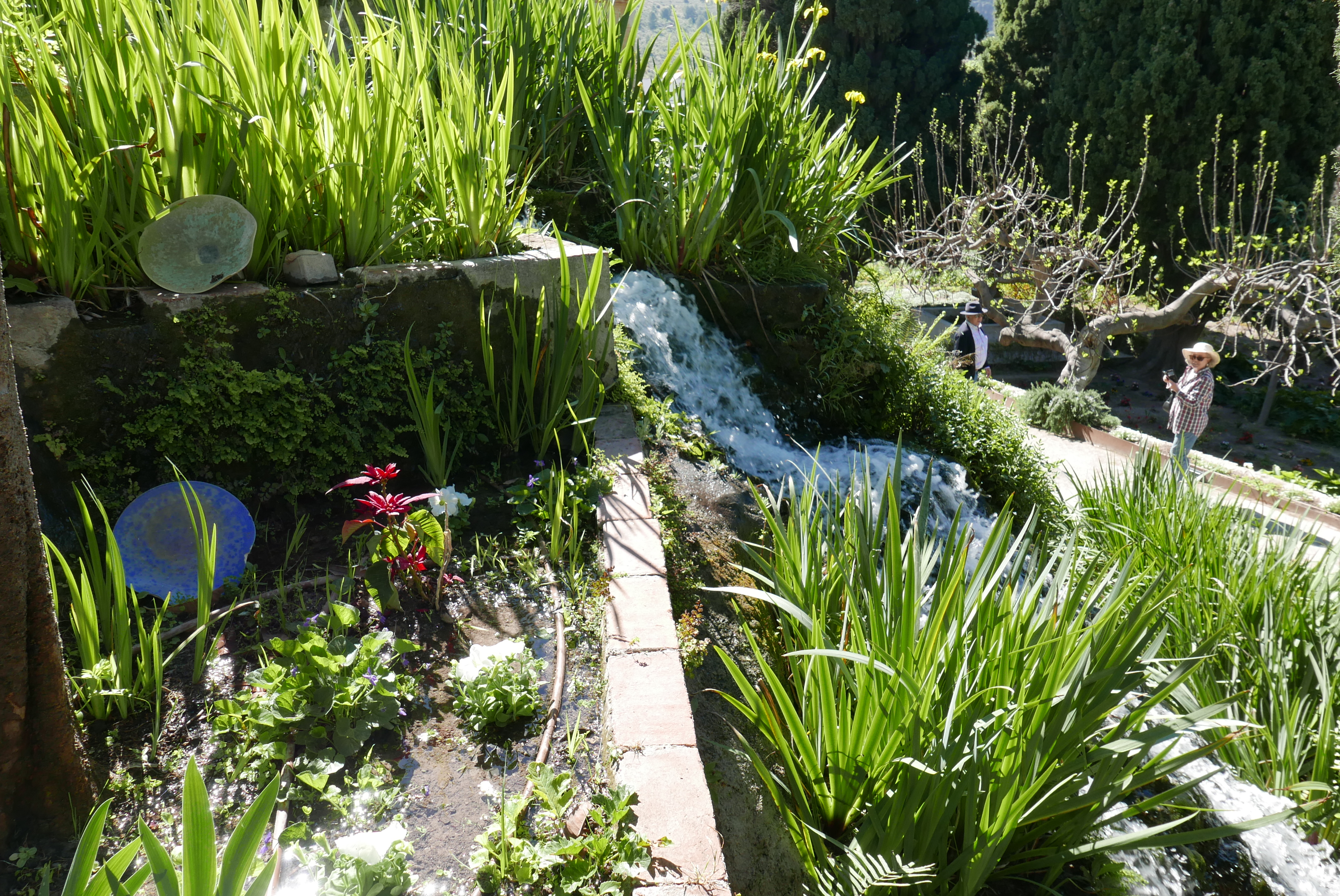
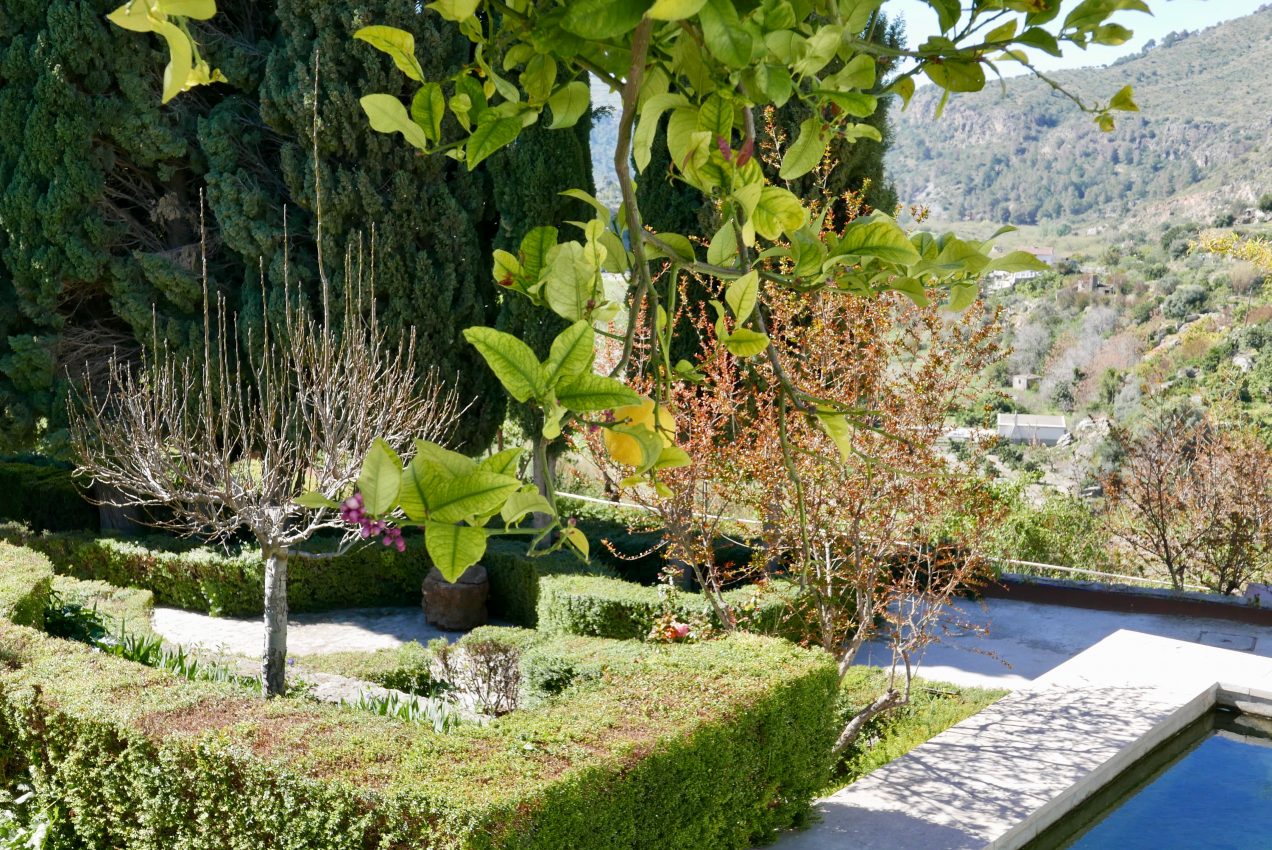
We also visited the preindustrial sugarcane museum in nearby Motril. Sugarcane was the main farming industry in this area at one time. There is history of its existence in Motril going back 1000 years. The museum showed how the sugar was extracted from the canes in the past. They had some lifesize replica equipment and a preserved mill showing how it was done.
Hidden Gem #3 – Rum
Just like the tropical fruit production, Rum also isn’t something you’d automatically associate with Spain. But, as I learned, there is a lot about Costa Tropical which differs from its neighbours. As I’ve mentioned, sugarcane was the main economy for much of the region. At one point there were 8 processing factories in Motril and Salobreña alone. The last one closed in 2006, with the land sold off to build hotels or to farm tropical fruits on.
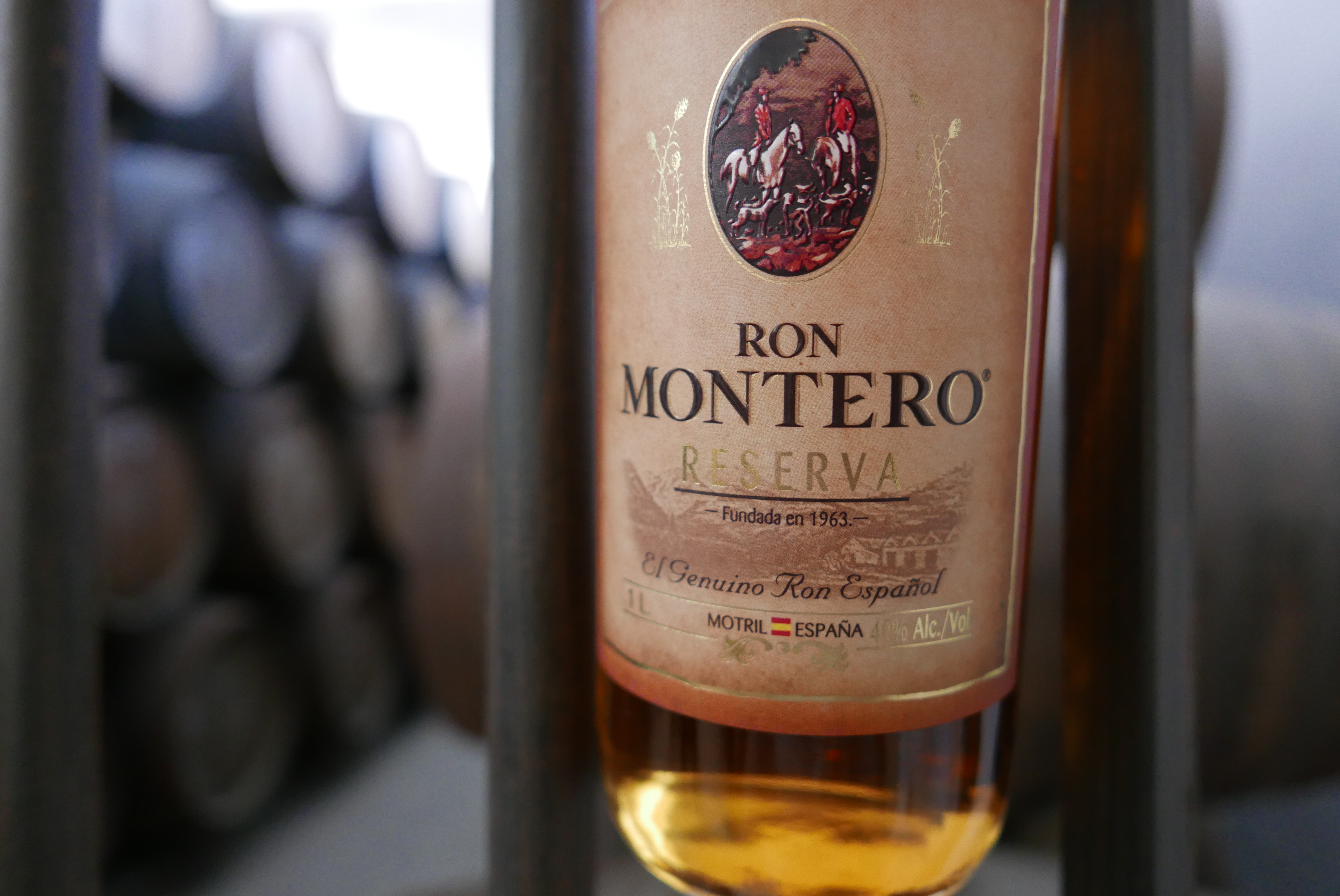
We visited the Ron Montero distillery during our trip to find out more about rum in this area. It was opened originally in 1963 by Francisco Montero (known locally as Uncle Paco) and is now owned by his nephew and his wife Maria Elena who we also recorded an interview with for my podcast At the Sauce (coming soon!). I know what you’re thinking – his name isn’t Ron?? I assumed that too, but actually ron is just Spanish for rum!
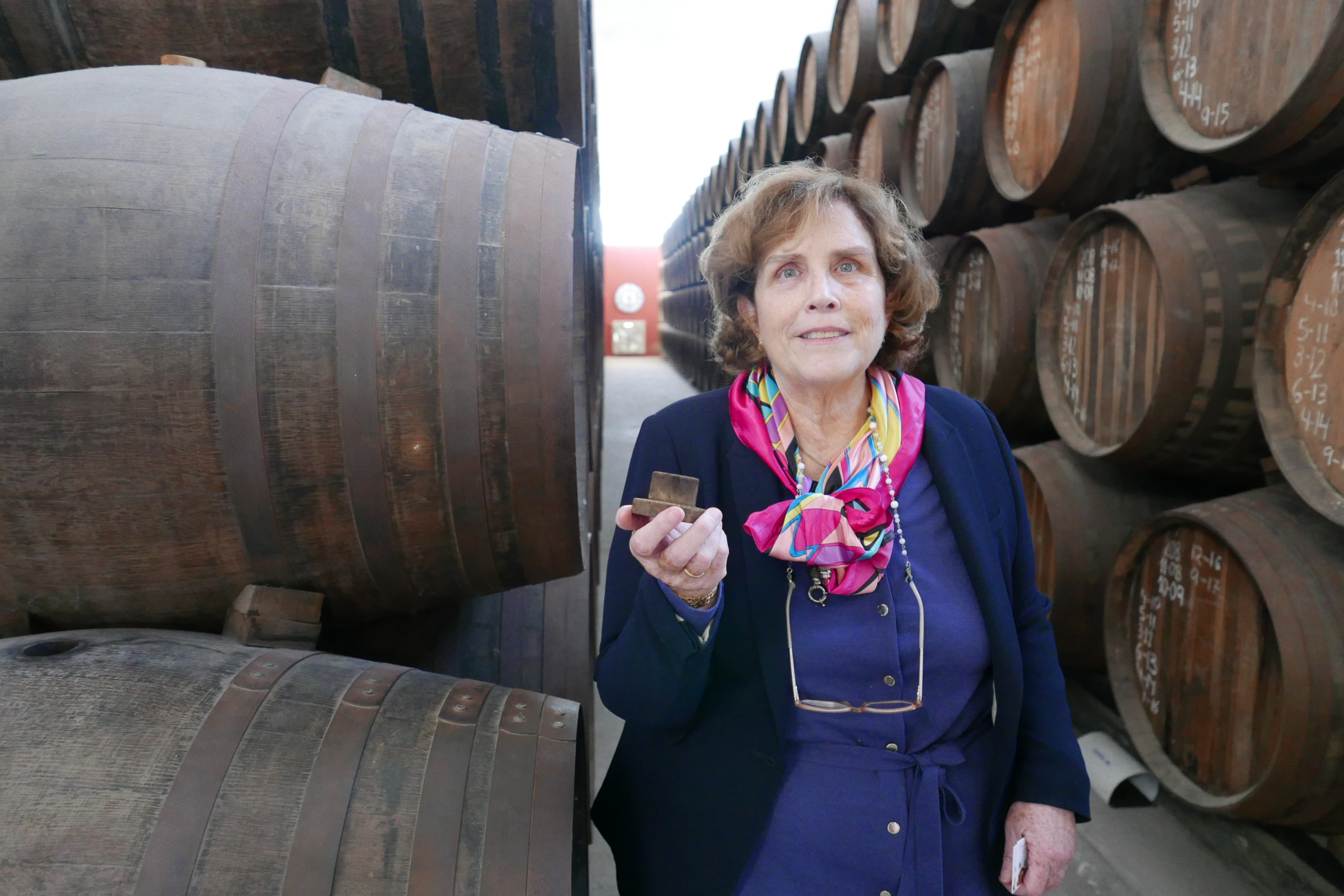
They make 80,000 litres of rum a year, using 10,000 tonnes of molasses! They also distil their rum in new virgin American oak which stands them apart from many other rum producers around the world. We tried the MOST delicious rum hot chocolate with their and despite the warmth of the afternoon sun on our backs, I could have downed a pint of it!
———————–
If everything I’ve shown you so far hasn’t quite sealed the deal, I’ll finish this post with a few photos taken in some of the stunning locations and at the places that didn’t focus on food and drink we visited during our stay.
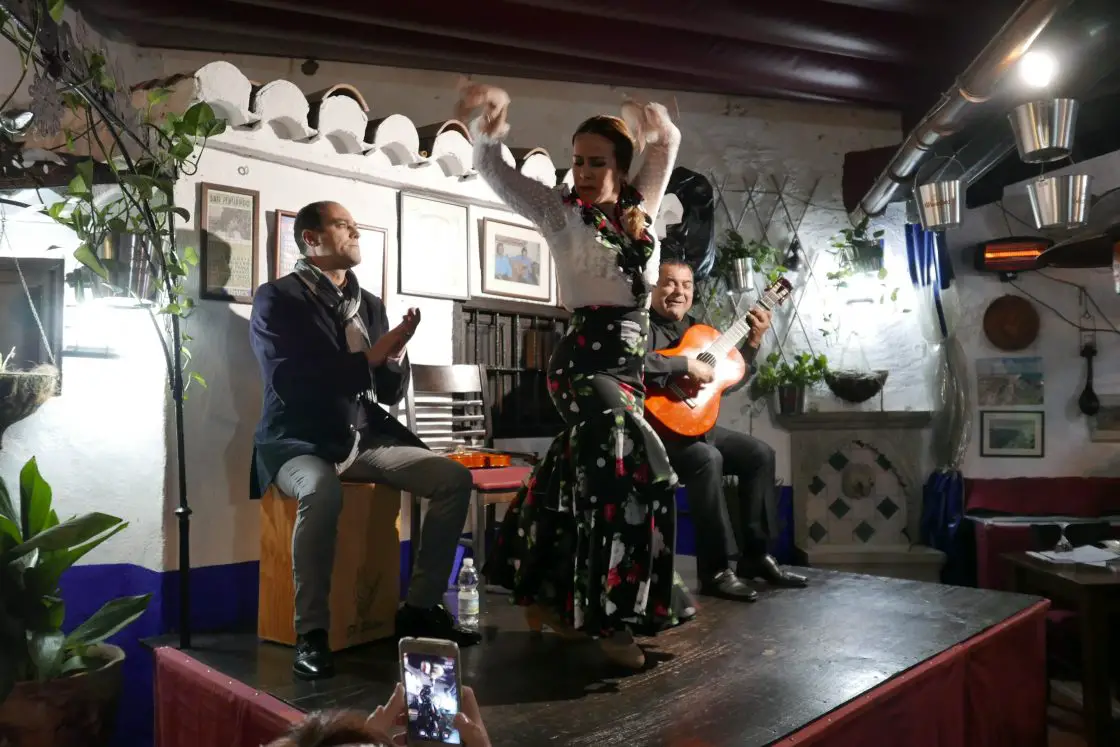
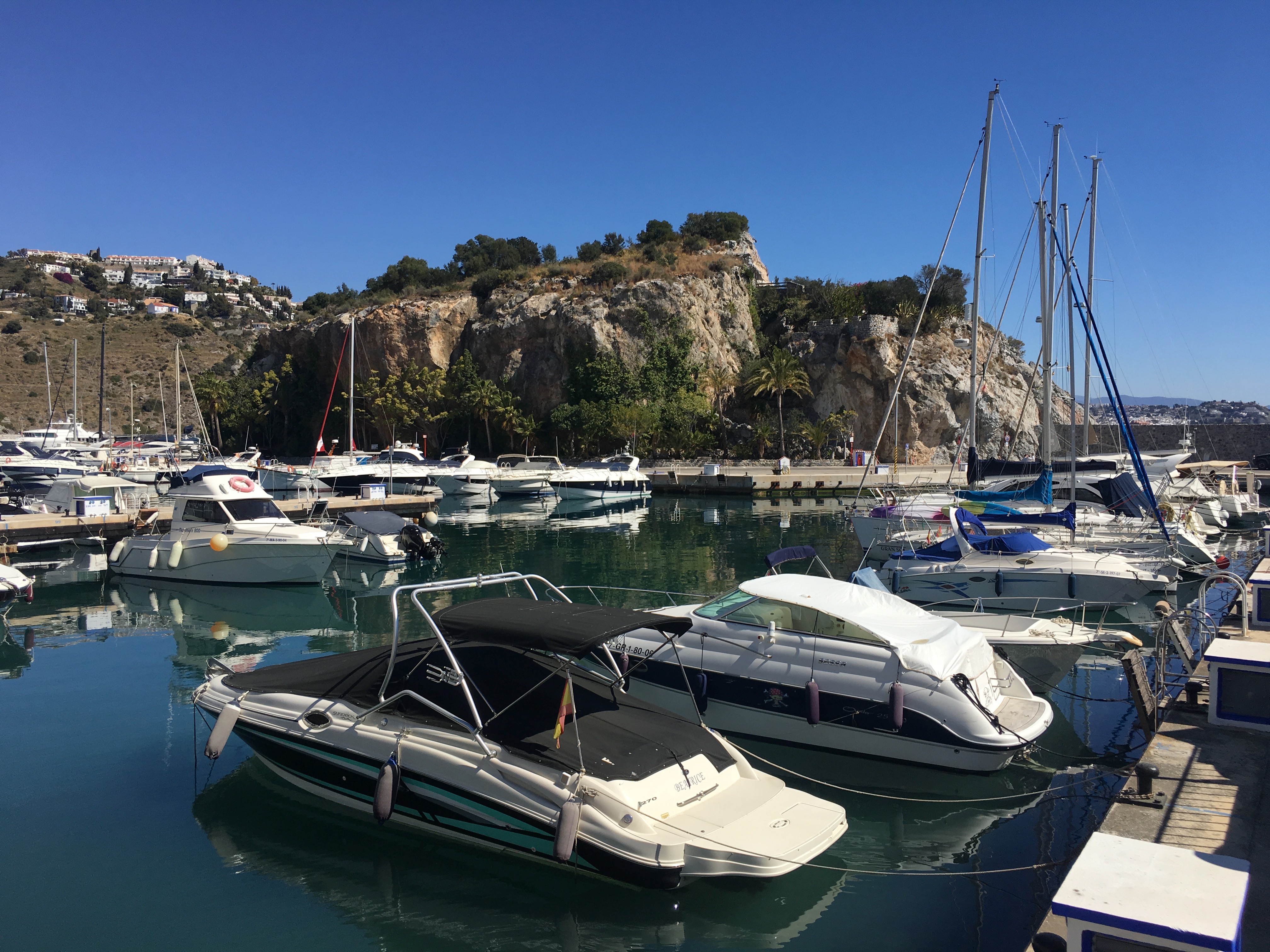
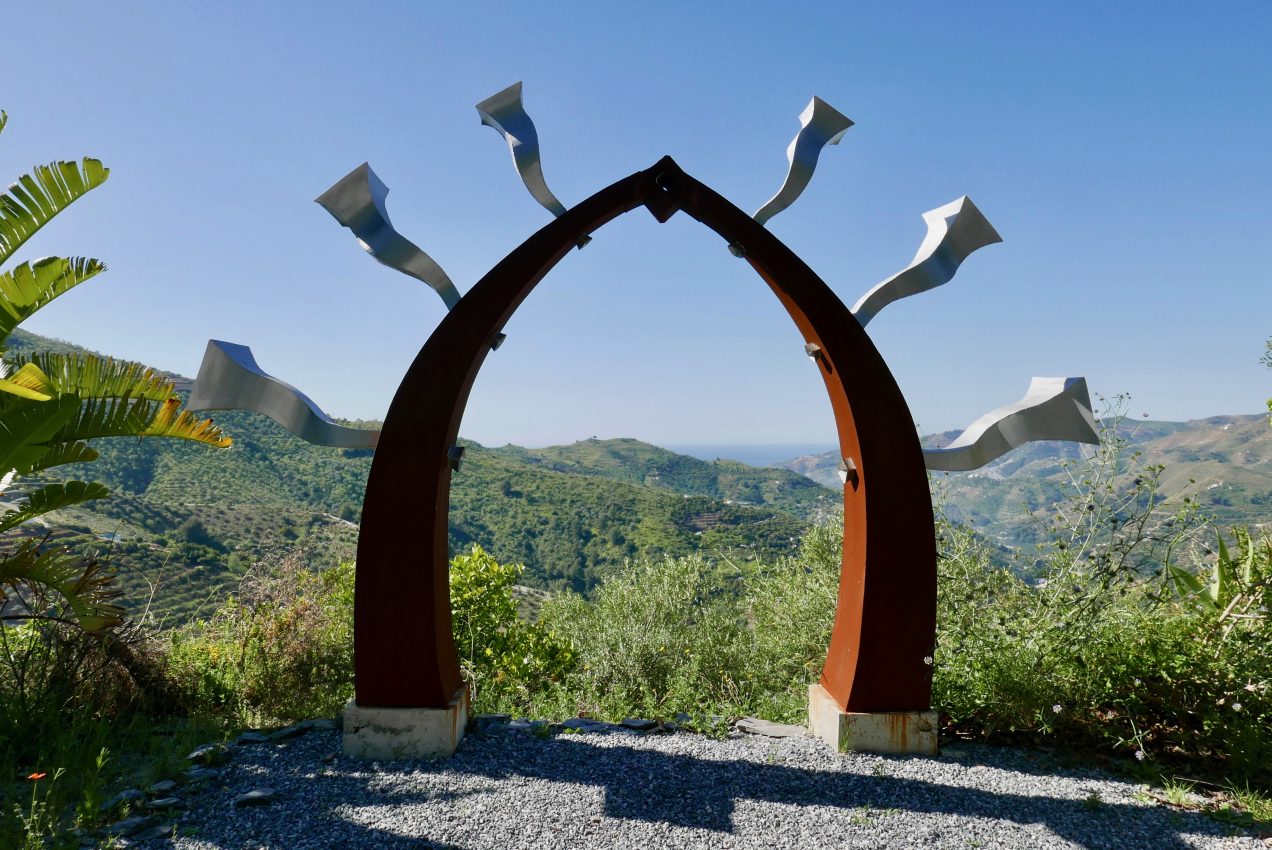
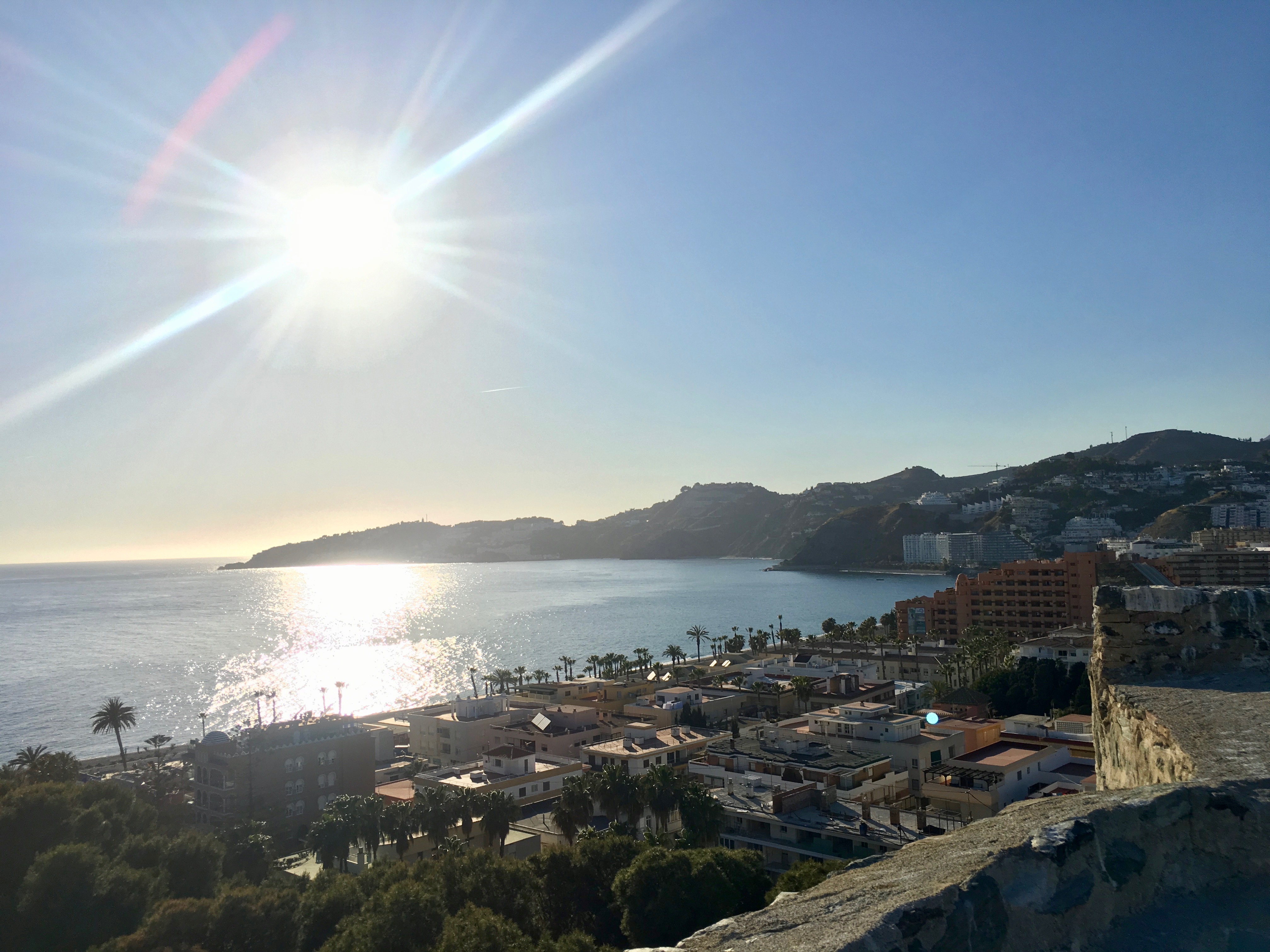
*I was invited to explore this area of Spain by the Turismo Costa Tropical. All of my accommodation, activities and food were complimentary. I was expected to write a review but the contents are of my own choosing. And of course, all opinions are my own.*
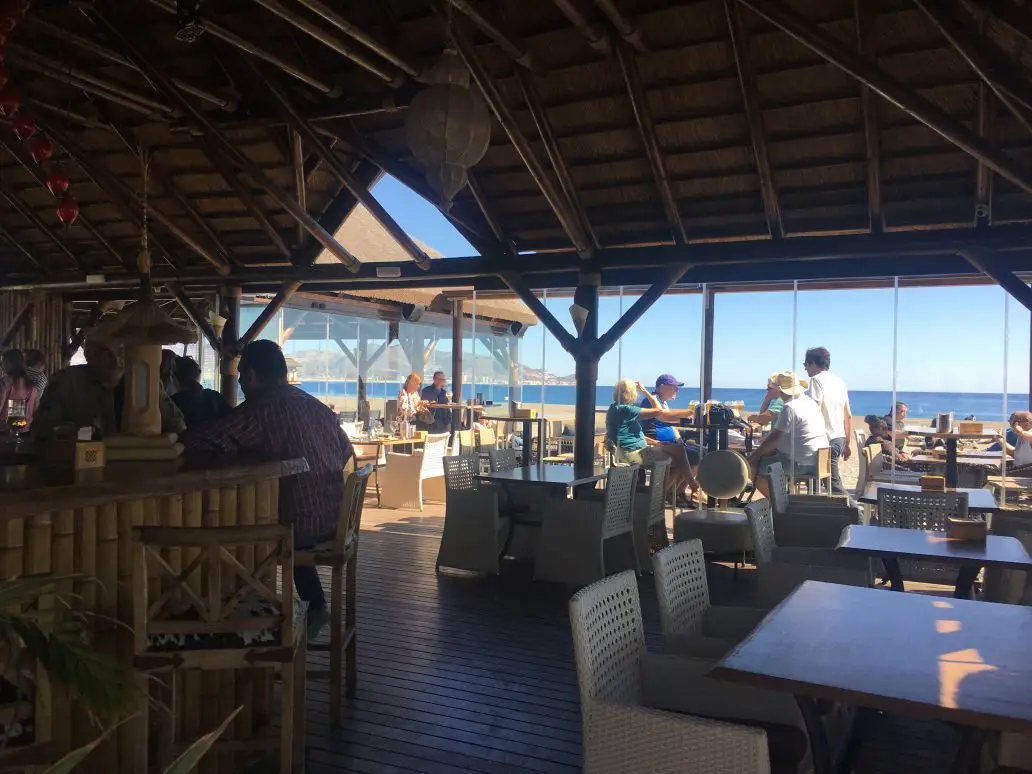
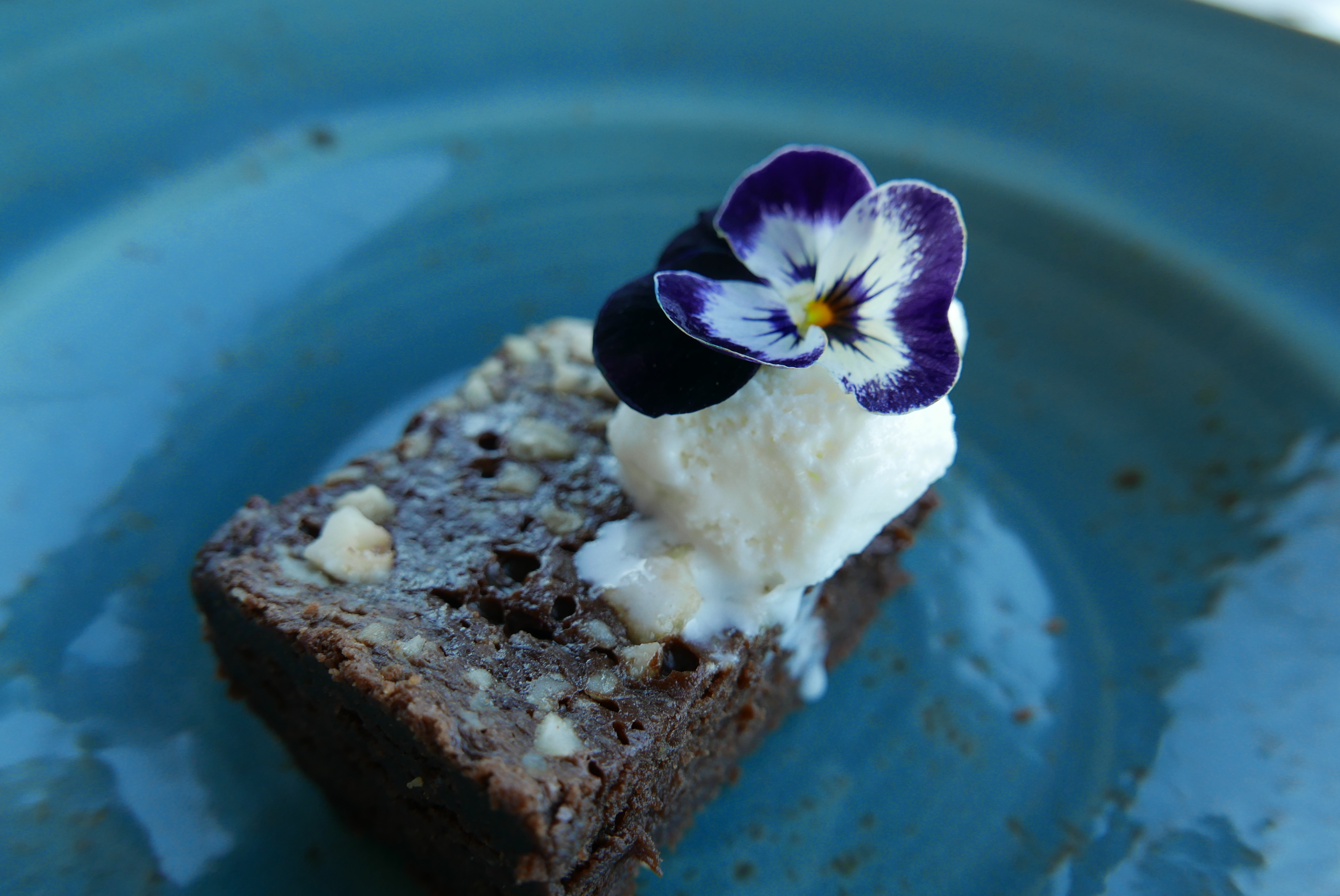
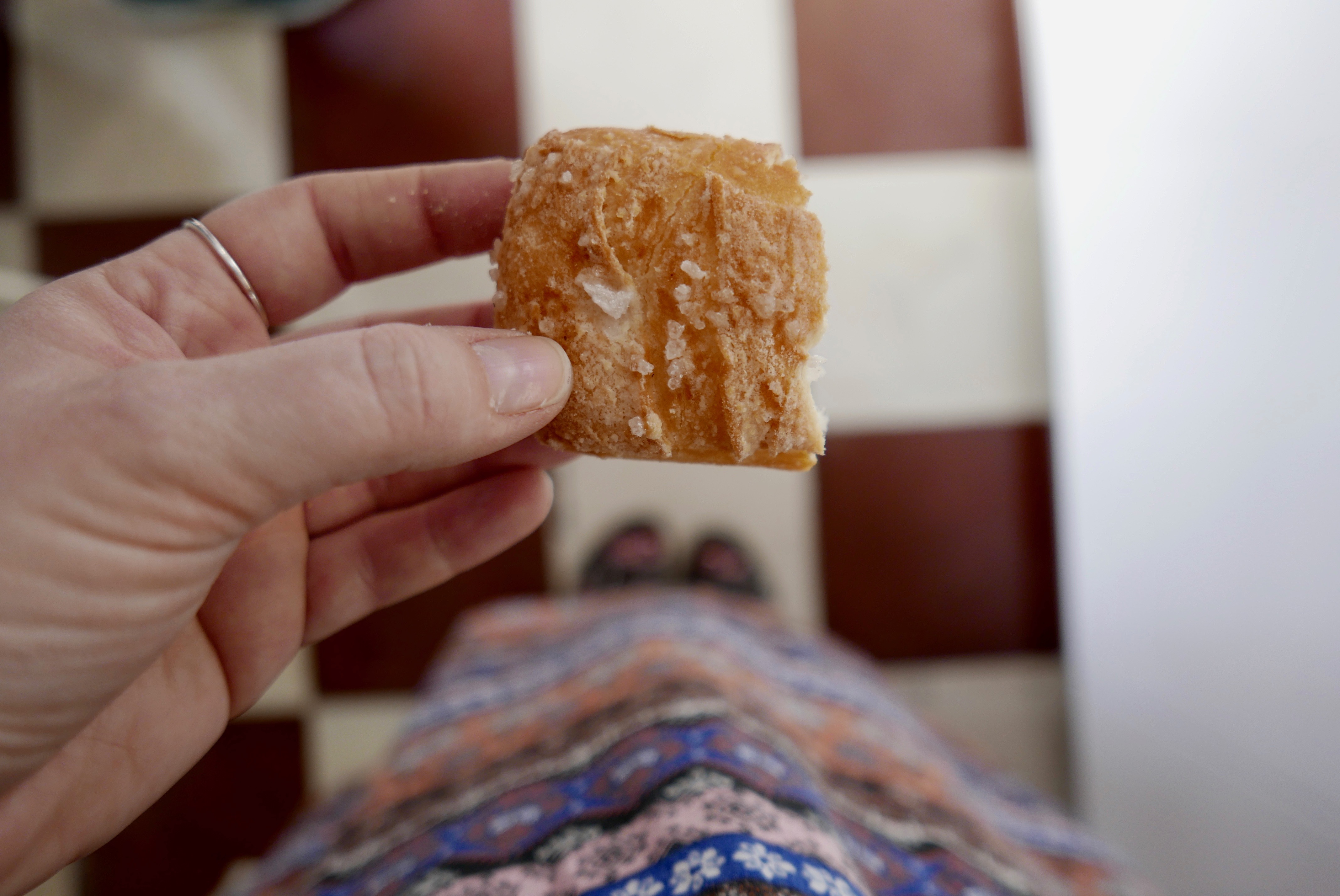


Oh, my, what gorgeous photos! Costa Tropical looks like something straight out of a fairytale. So pretty!
I love the look of all the food too, especially the desserts. 🙂
Sounds like a fantastic trip! I would never have thought to associate this part of the world with rum – I am a huge rum fiend and I’d love to visit the Ron Montero distillery.
Wow, I’d never heard of Costa Tropical – and I thought I knew Spain quite well (and love the non-touristy bit of Costa del Sol). Definitely somewhere to visit soon. Spanish rum has my name on it!